The crow song from Dumbo
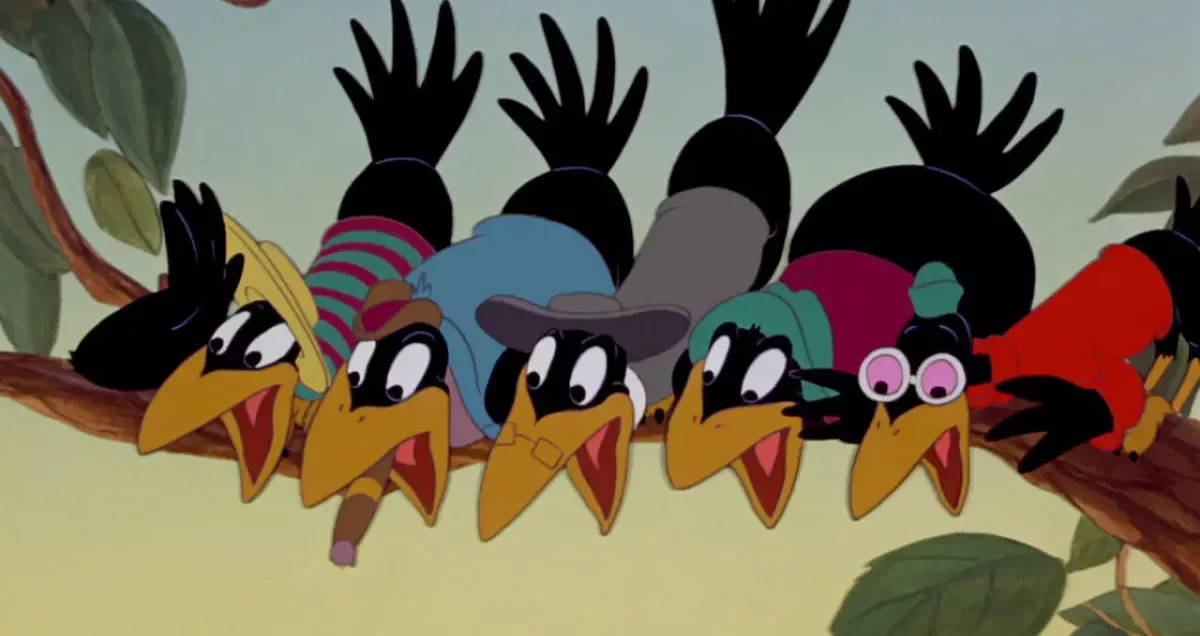
The crows are a key part of Dumbo. As a child, you probably never thought twice about them. But viewed through an older lens, their connotations become worryingly clear. The crows are believed to be caricatures of black Americans with their exaggerated “jive talk”. The lead crow is even named Jim Crow (voiced by Cliff Edwards, a white actor) no less.
Child trafficking in Pinocchio

The morning after Pinocchio is brought to life in the eponymous 1940 Disney classic, two strangers convince him to skip school and sell him to Stromboli, a puppeteer who threatens to turn Pinocchio into firewood if he doesn’t perform for him. After escaping, Pinocchio is then carted off to Pleasure Island, where every child who partakes in the island’s activities is turned into a donkey and sold to work in salt mines.
Non-consensual kiss in Sleeping Beauty
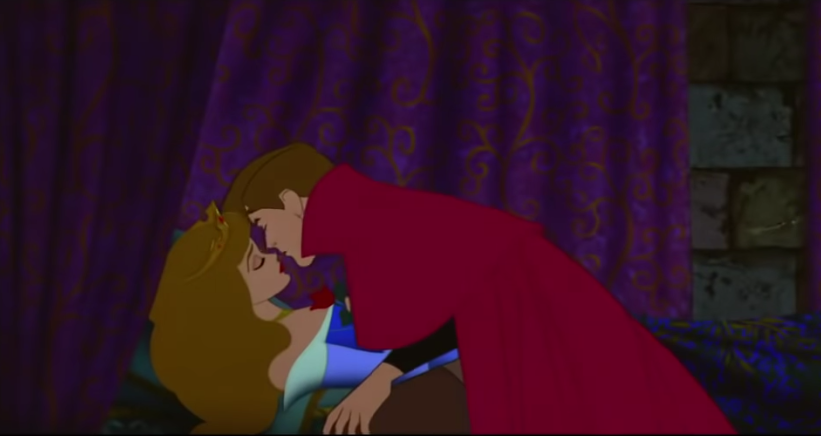
To awaken Princess Aurora from the eternal sleeping curse Maleficent’s spinning wheel has placed her under, Prince Phillip gives her “true love’s kiss.” In 2014’s Maleficent - which is told from the villain’s point of view, the filmmakers tried to absolve what we know recognise as a creepy moment by having Maleficent kiss an unconscious Aurora on the cheek, waking her up from the curse with her maternal love.
Native American depictions in Peter Pan
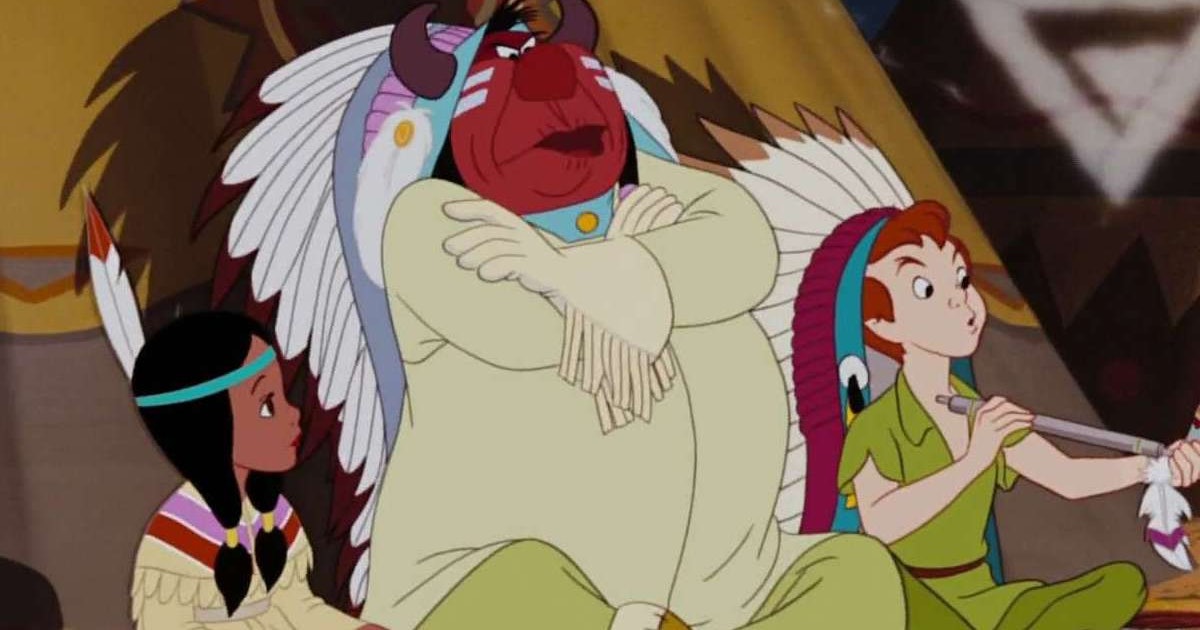
Native Americans haven’t had any luck in the movies, even Disney ones. In 1953’s Peter Pan, Peter’s friend Tiger Lily belongs to a Native American tribe that he visits one day with the Darling siblings. Their portrayal is typically lazy and offensive. They speak in gibberish, smoke excessive amounts of tobacco, and sing a song called What Made the Red Man Red. And of course, there are the whooping sounds.
The Siamese cats in Lady and the Tramp
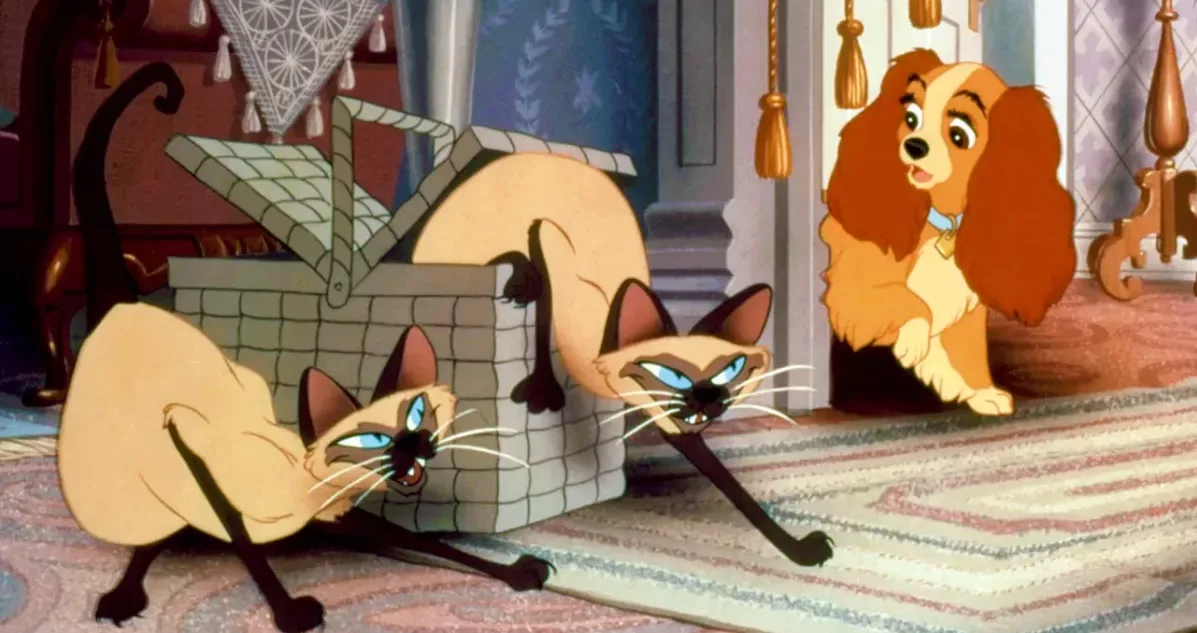
1955’s Lady and the Tramp is famous for many things, and Aunt Sarah’s Siamese cats, Si and Am, are no exception. The Siamese Cat Song is about as famous as any other Disney song out there, but the general appearance of these characters is pretty vile when you think about it. From the bucked teeth and slanted eyes to the cliched Asian accents, nothing about this is good. In the 2019 remake, the cats were replaced with a completely different breed and song.
The anti-Arab lyrics in Aladdin
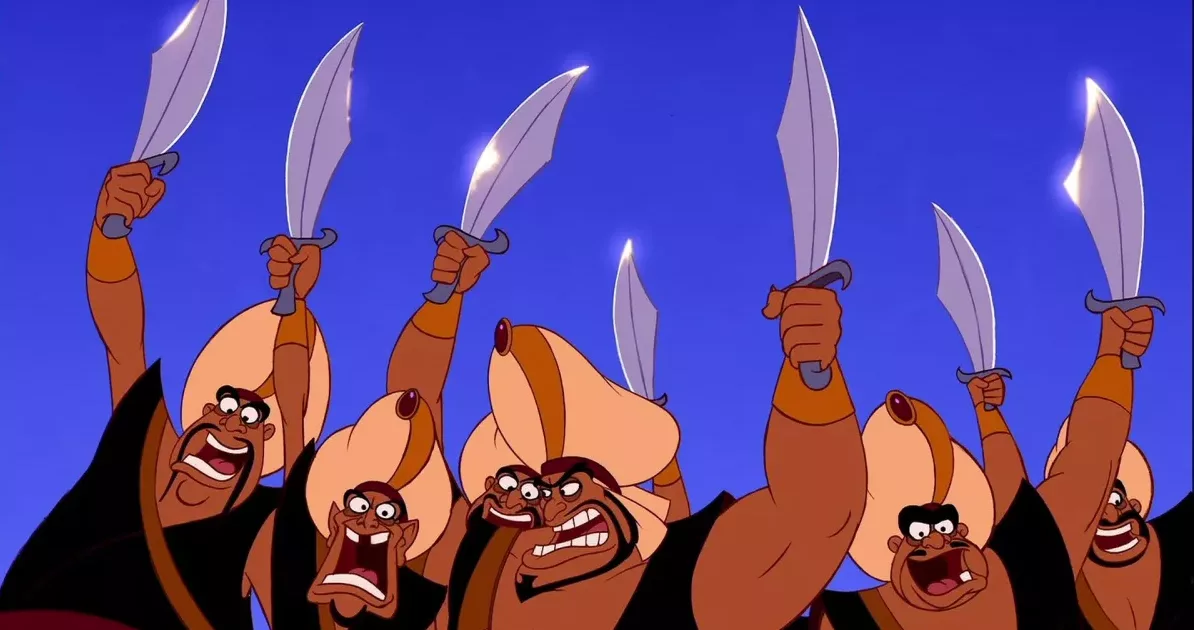
In the original version of Aladdin, a line from Arabain Nights goes: “Where they cut off your ear, if they don’t like your face / It’s barbaric, but hey, it’s home.” Disney later replaced the first bit of these lyrics in later releases but they refused to cut “It’s barbaric, but hey, it’s home.” This might seem like a throwaway lyric but it paints an entire region with one nasty brush, instilling racist notions in the minds of impressionable young viewers.
Ariel giving up her past life for a man in The Little Mermaid
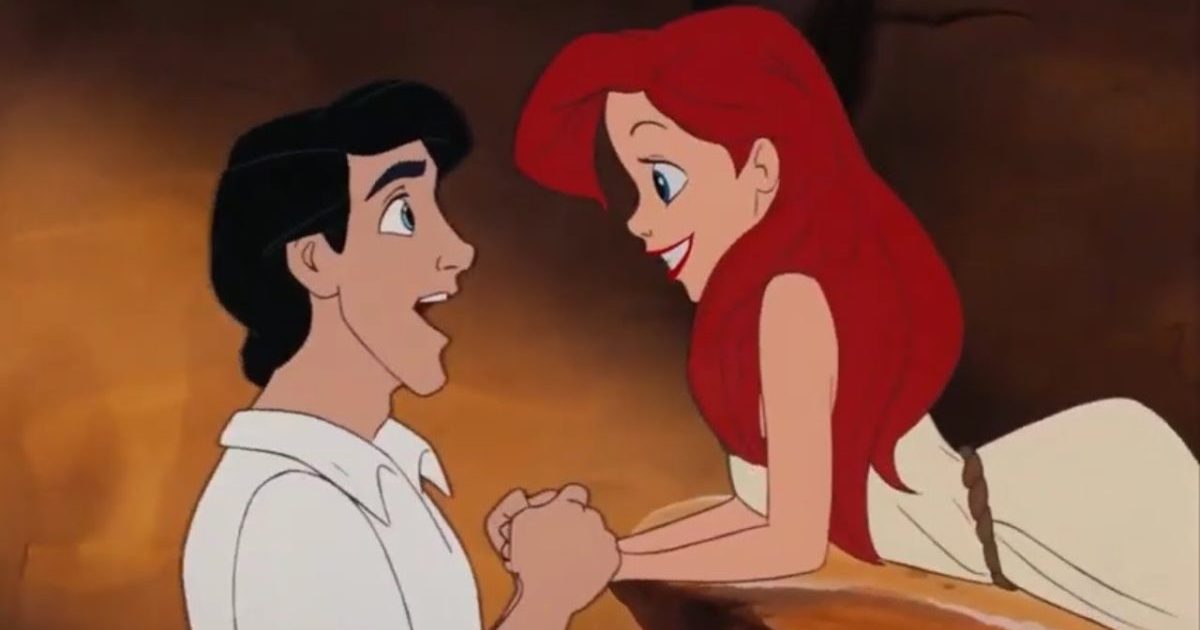
Not only does Ariel give up her voice and self-identity for a man, but she does so at the tender age of 16 – and for someone she has never actually met. In an increasingly feminist world, this doesn’t sit right with a lot of women, who believe The Little Mermaid glorifies an unhealthy take on relationships, suggesting that women should abandon everything that defines them for a romantic partner.
Pocahontas brushing over the atrocities of Native American genocide
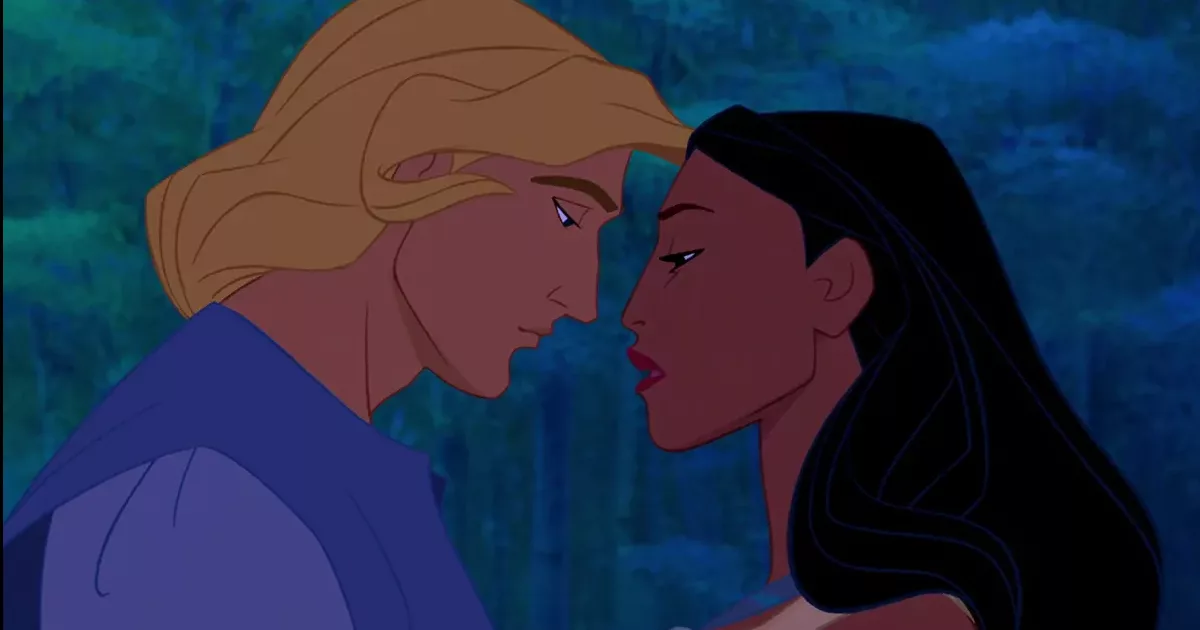
Pocahontas is a nice story for children, but what it glosses over – and attempts to romanticise – is disgusting. The love between the titular Native American protagonist and John Smith (a white English coloniser) brings about an end to the conflict between the tea sides. This wouldn’t have been so insulting had the reality not been so savagely different. Millions of Native Americans were slaughtered, oppressed, and ransacked by Europeans. Also, the real Pocahontas met John Smith when she was aged between 10 and 13.
Everything in Song of the South
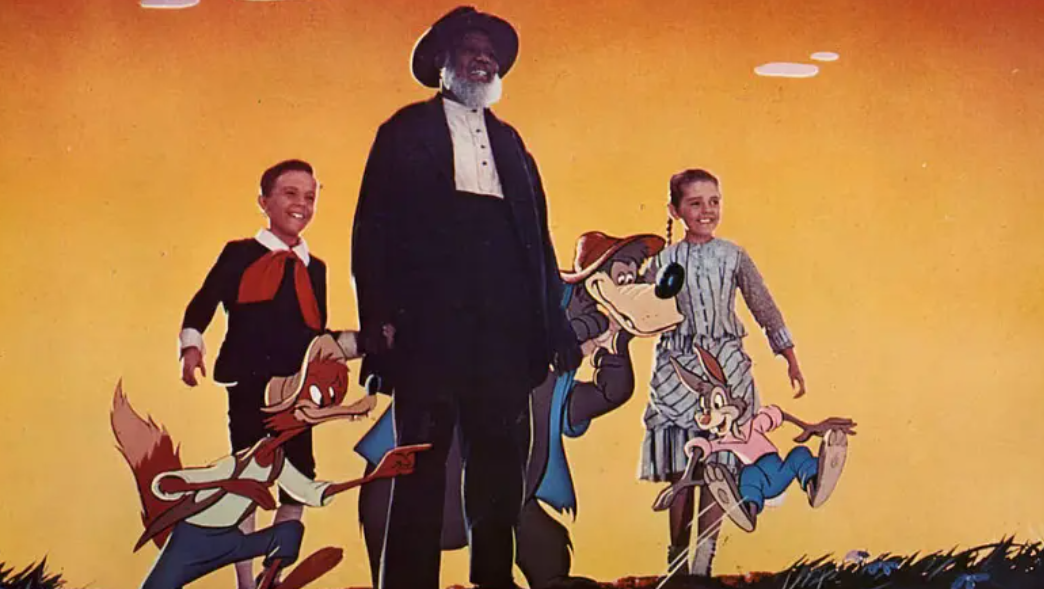
You’ve probably sung Zip-a-Dee-Doo-Dah at one point in your life without knowing where it’s from. And you’d be forgiven. Disney doesn’t stream its 1946 movie Song of the South thanks to its smushy portrayal of a black former slave living happily on his former white master’s plantation. This rosy and unrealistic depiction of slavery and race relations in the South is propaganda and then some.
The other non-consensual kiss in Snow White
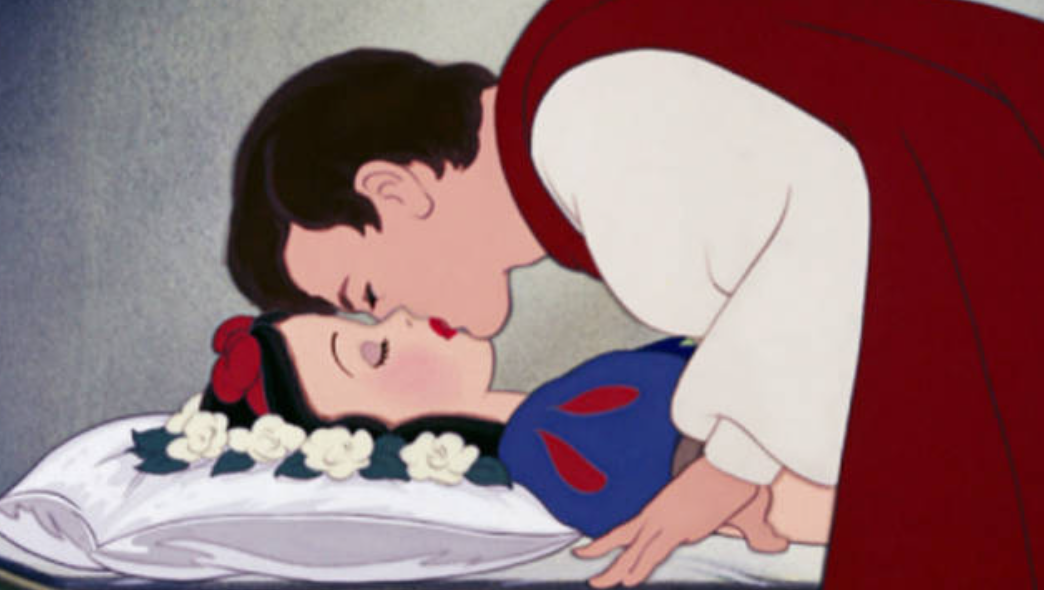
The kiss in Snow White and the Seven Dwarfs is perhaps the most iconic Disney scene of all time, yet it’s fogged by the issue of consent. Near the end of the 1937 classic, Prince Florian brings Snow White back to life by kissing her. It all looks quite casual and pretty but the reality is unavoidable. Here you have a man essentially kissing a dead woman.
Racist undertones in The Little Mermaid
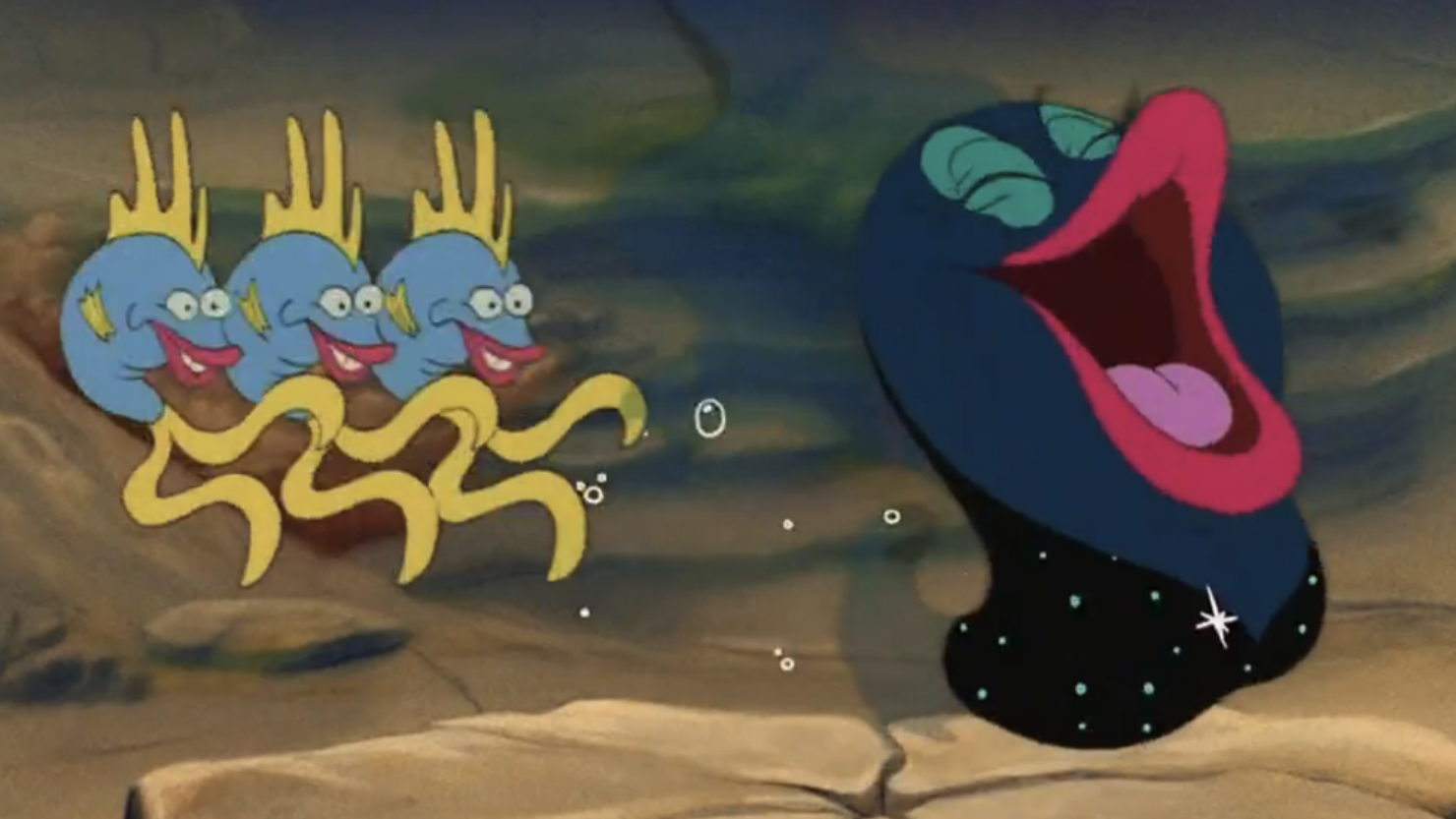
Not content with its problematic portrayal of gender roles, The Little Mermaid also decided to slip in some casually racist undertones. The worst offenders are Sebastian, a lobster who leans heavily on Jamaican stereotypes, and Blackfish, a dark-skinned fish with facial features that appear to caricaturise African-Americans.
The racist Asian cat in The Aristocats

The character of Shun Gon genuinely feels like it was written using a checklist of racist Asian stereotypes. He sports slanted eyes, buck-teeth and, for good measure, plays the piano with chopsticks. He’s also voiced by a white man putting on a painfully racist accent. To top it all, his contribution to the musical number he appears in is a short verse about fortune cookies.
The Jungle Book’s King Louie is a thinly veiled collection of stereotypes
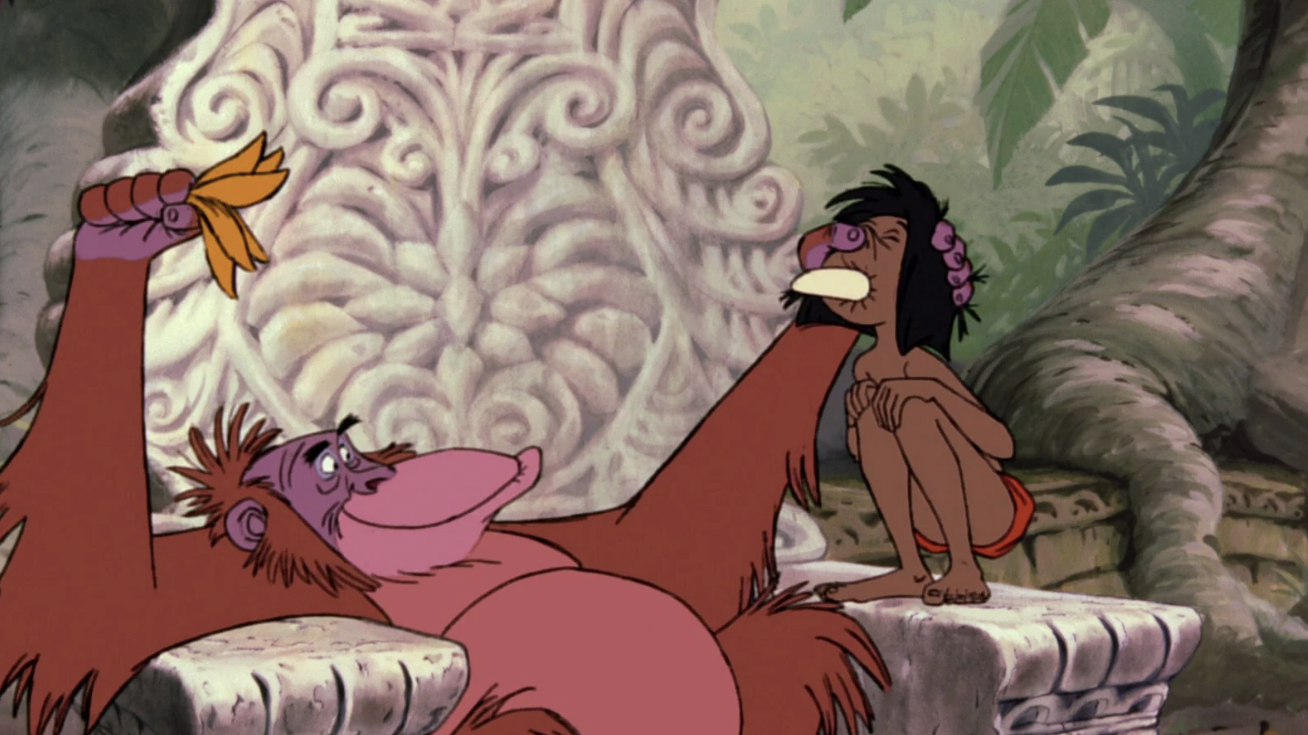
It’s not hard to see why The Jungle Book’s depiction of King Louie stoked outrage from the moment the film was released. By having the character speak using distinctive “jive” slang, Disney seemed to be making a not-so-subtle comparison between black people and apes. Not to mention King Louie’s song I Want to be Like You has a recognisably Dixieland style.
Beauty and the Beast normalises abuse
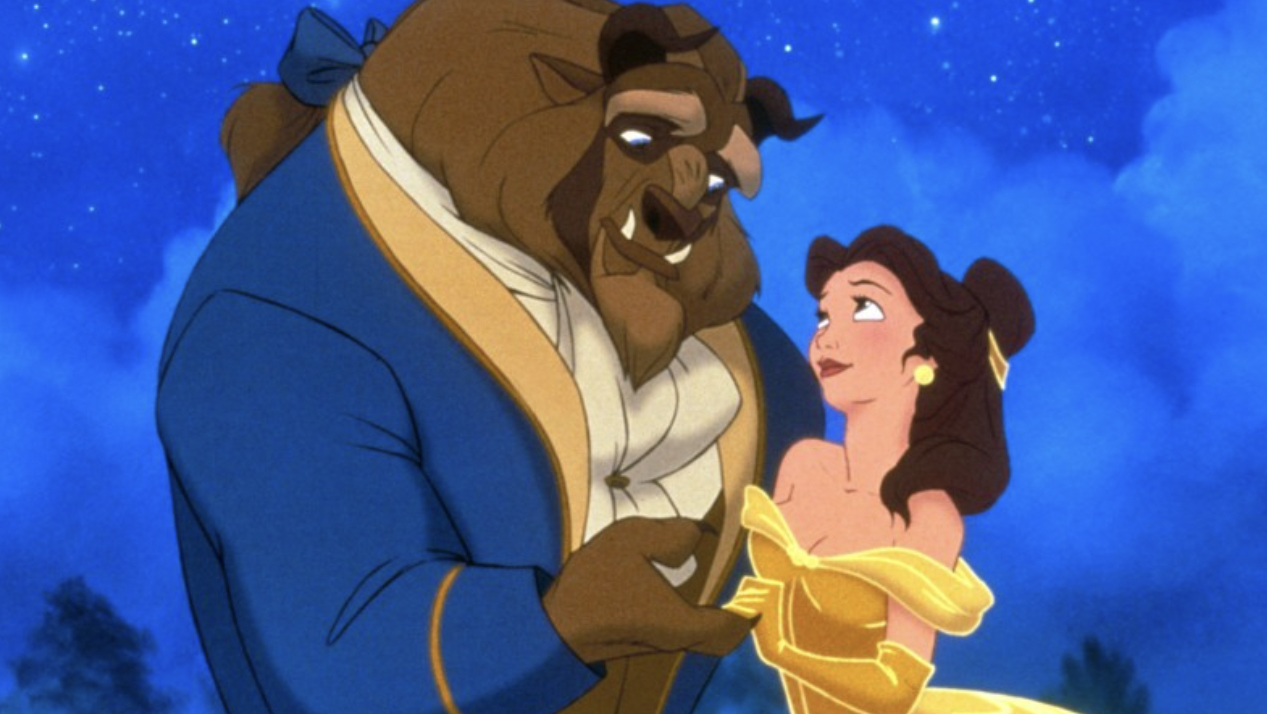
Beloved it may be, but Beauty and the Beast contains some messages that are questionable at best. Despite the fact that she’s literally been kidnapped by the Beast, Belle immediately falls in love with him when he shows her the slightest kindness, an uncomfortable romanticisation of abuse that teaches girls that they can “fix” deeply flawed men.
The racist hyenas in Lion King
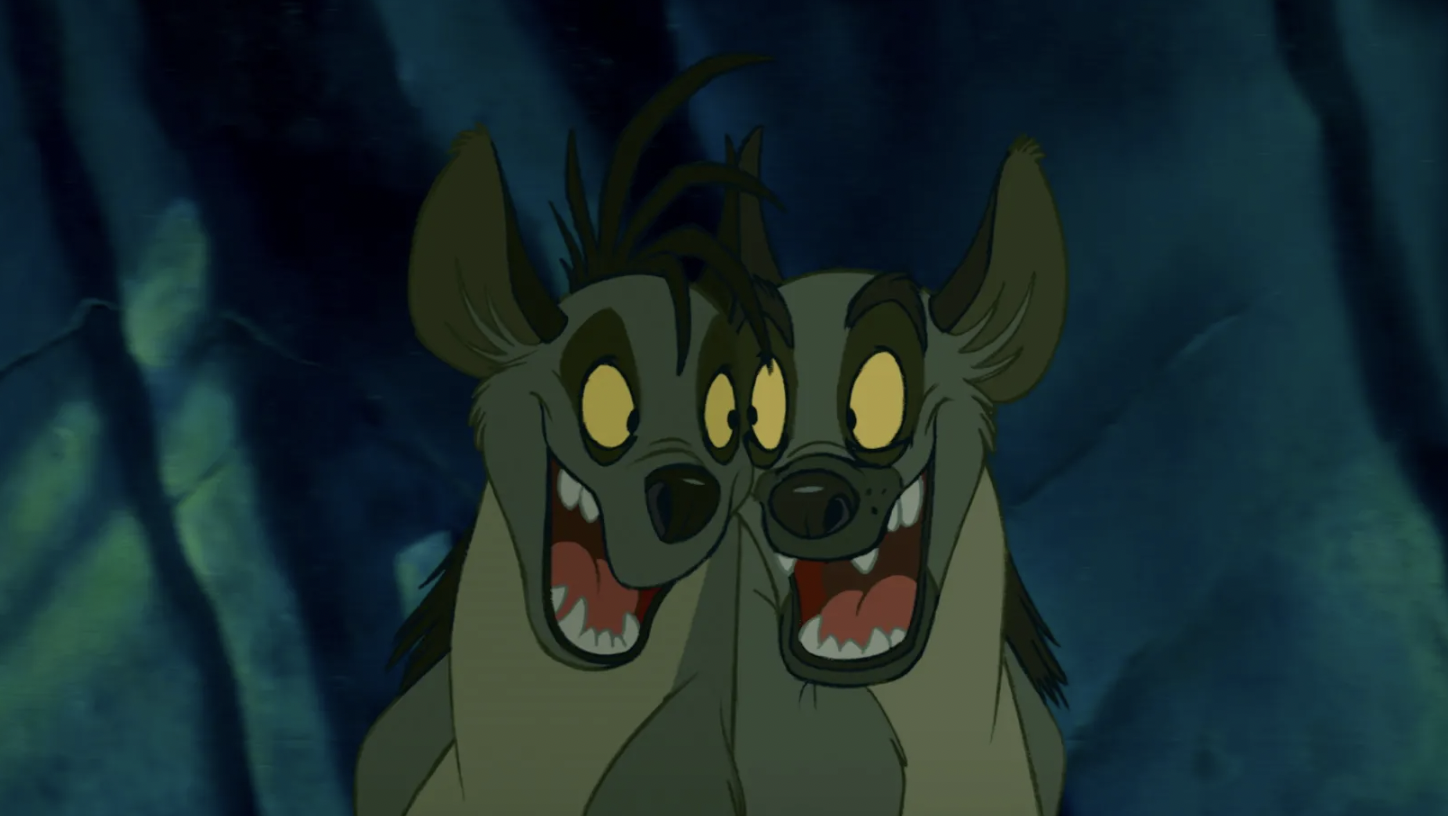
The Lion King’s hyenas seem to be a continuation of Disney’s theme that people of colour are dangerous. The hyenas are violent, lower-class and inhabit the ‘wrong’ side of the kingdom. This might not have been enough to warrant condemnation, except that the studio chose to have the hyenas voiced by black and hispanic actors including Whoopi Goldberg and Cheech Marin.
Characters of colour often spend most of the film as animals

As a number of critics have noted, characters of colour in Disney frequently spend most their films transformed into animals. Take Tiana in The Princess and the Frog, Kennai in Brother Bear and Kuzco in The Emperor’s New Groove. It has been suggested that this is because the movies’ writers feel this is the only way to make audiences care about characters who aren’t white.
Underage drinking in Dumbo

Substance abuse is a topic that today’s kids’ films tend to steer clear of. Back in the Golden Age of Disney, however, things were different. Dumbo sees the titular elephant and his sidekick Timothy Q. Mouse accidentally drink from a trough filled with booze. It could be argued that the ensuing psychedelic montage makes drinking seem fun and exciting to the film’s pre-teen audience.
Scar is queer coded
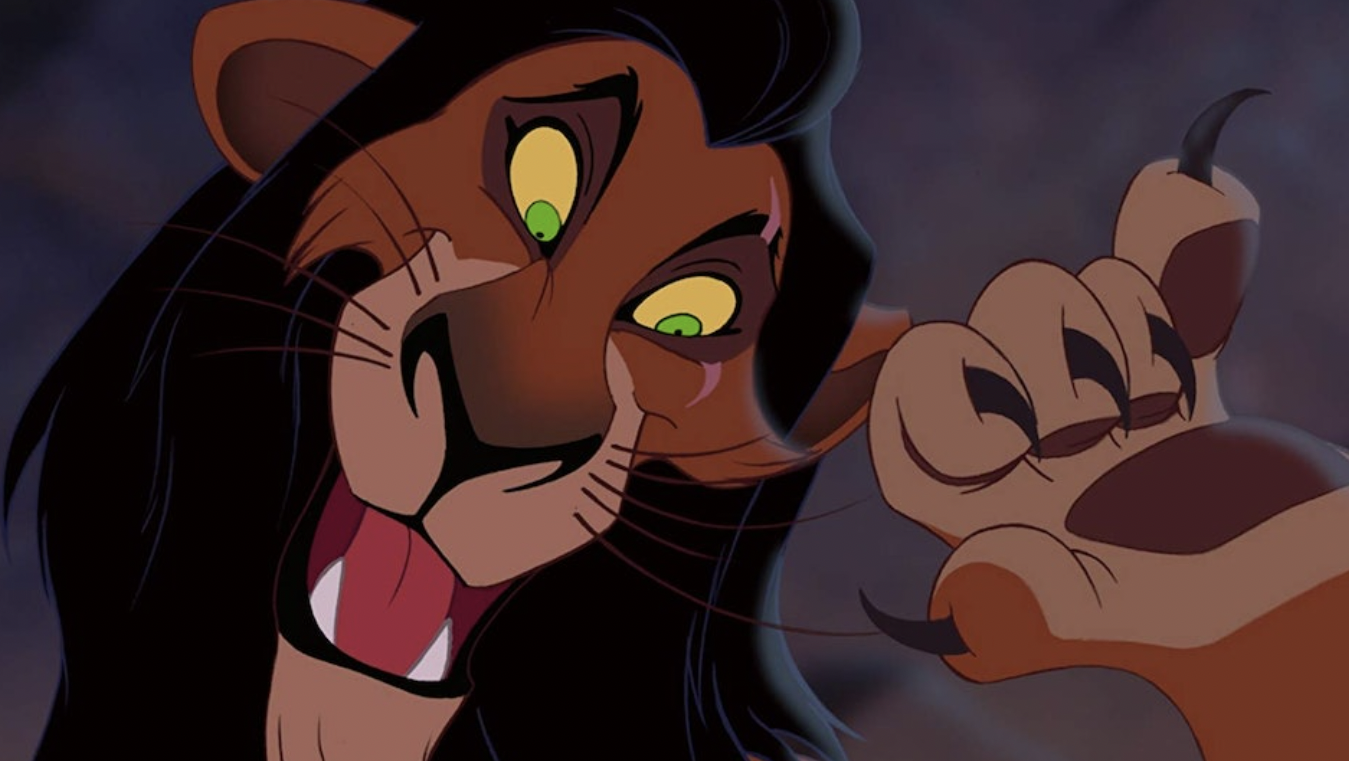
Disney has often been accused of queer coding its villains, with Scar being perhaps the most notable example. Considering the fact that Scar’s sexuality doesn’t have any bearing on the plot, his effeminate mannerisms and slender figure serve only to make him deviant from traditional social norms and therefore, in Disney’s warped logic, more sinister.
Mickey in Arabia depicts Arabs as sex-crazed lunatics
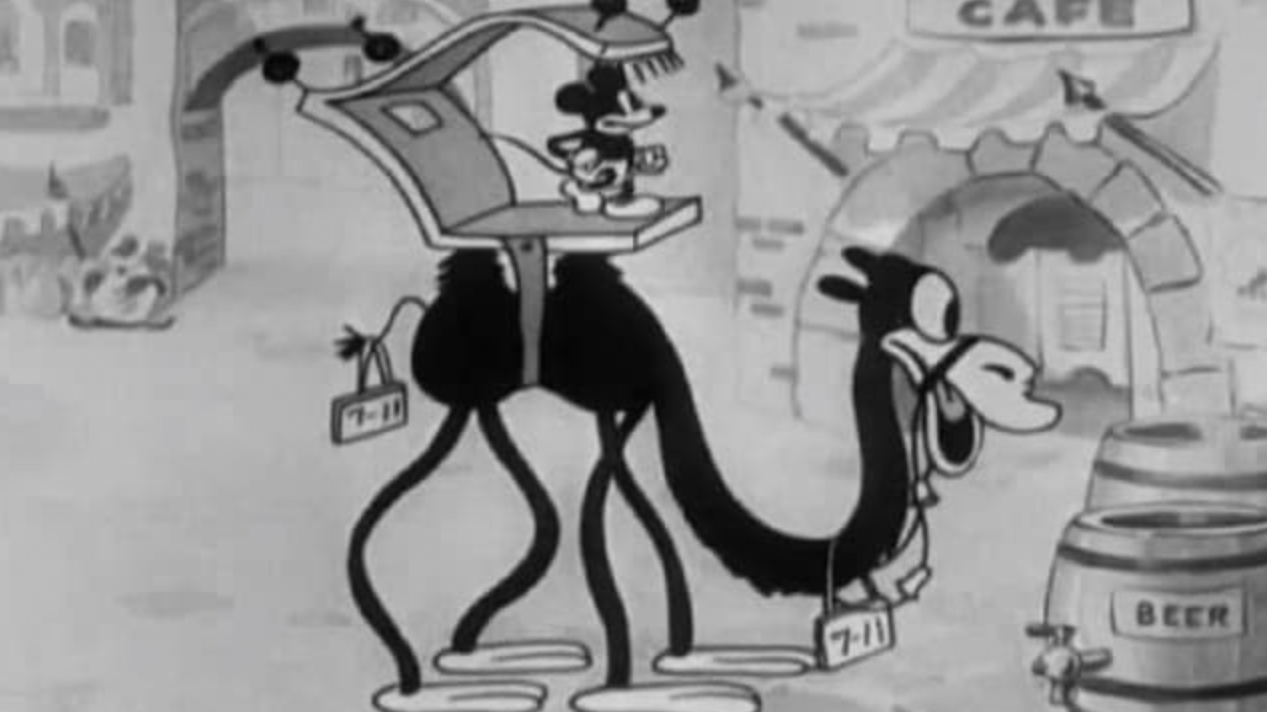
Another Mickey Mouse short film that leans heavily on ugly stereotypes, Mickey in Arabia epitomises the ignorance that marks early Disney films. In the film’s most unpleasant sequence, a villainous sultan snatches Minnie Mouse and chases her around his home, attempting to sexually assault her before Mickey arrives to thwart his efforts.
Underage drinking and smoking in Pinocchio
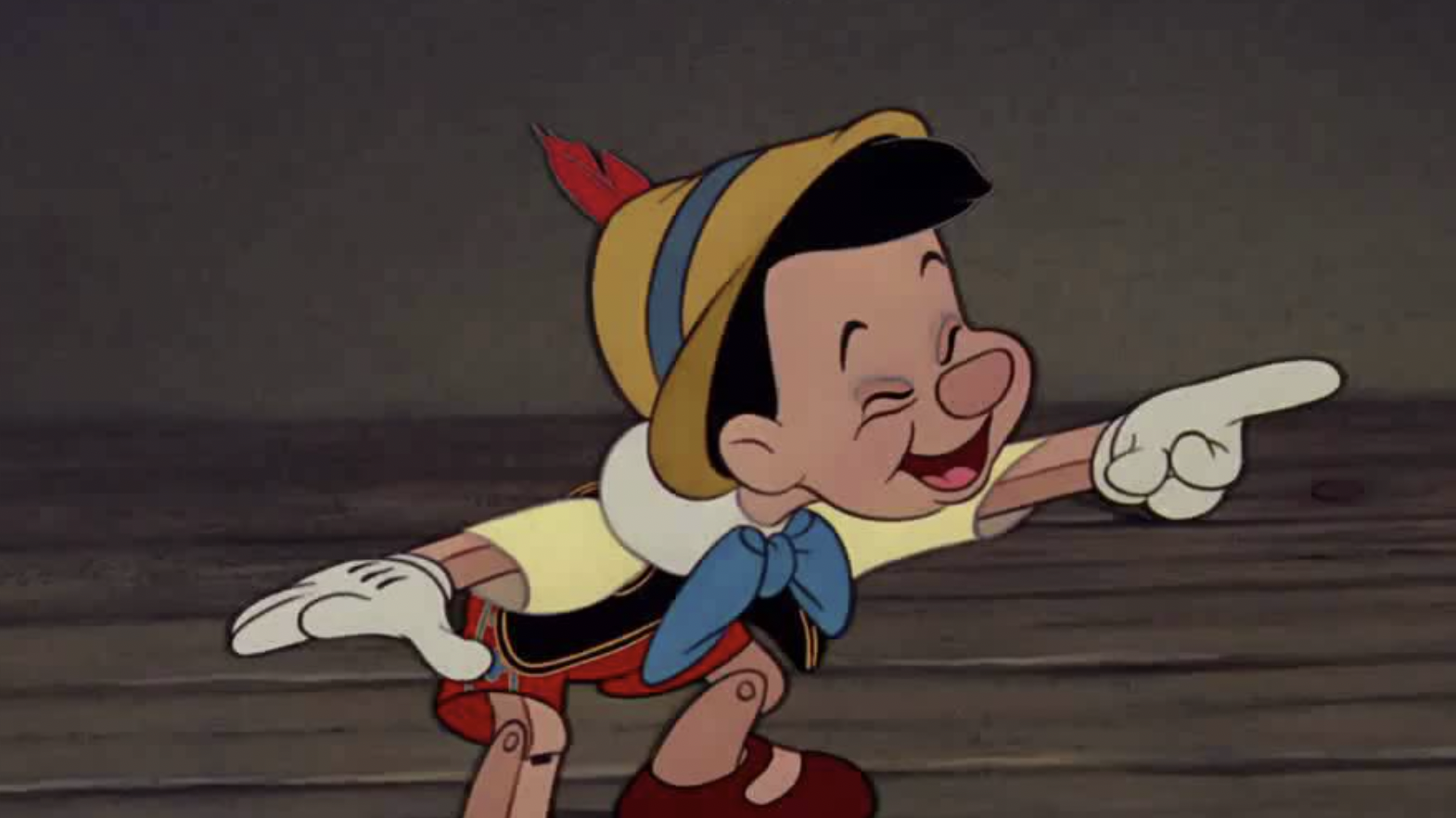
Pinocchio took things even further than Dumbo when it came to showing children indulging in substances intended for adults. Free from adult supervision, the children of Pleasure Island smoke cigars and drink beer. The film doesn’t exactly encourage such behaviour (the naughty kids turn into donkeys, after all), but it’s hard to imagine that it didn’t at least plant some ideas in impressionable minds.
Japanese soldiers in Commando Duck
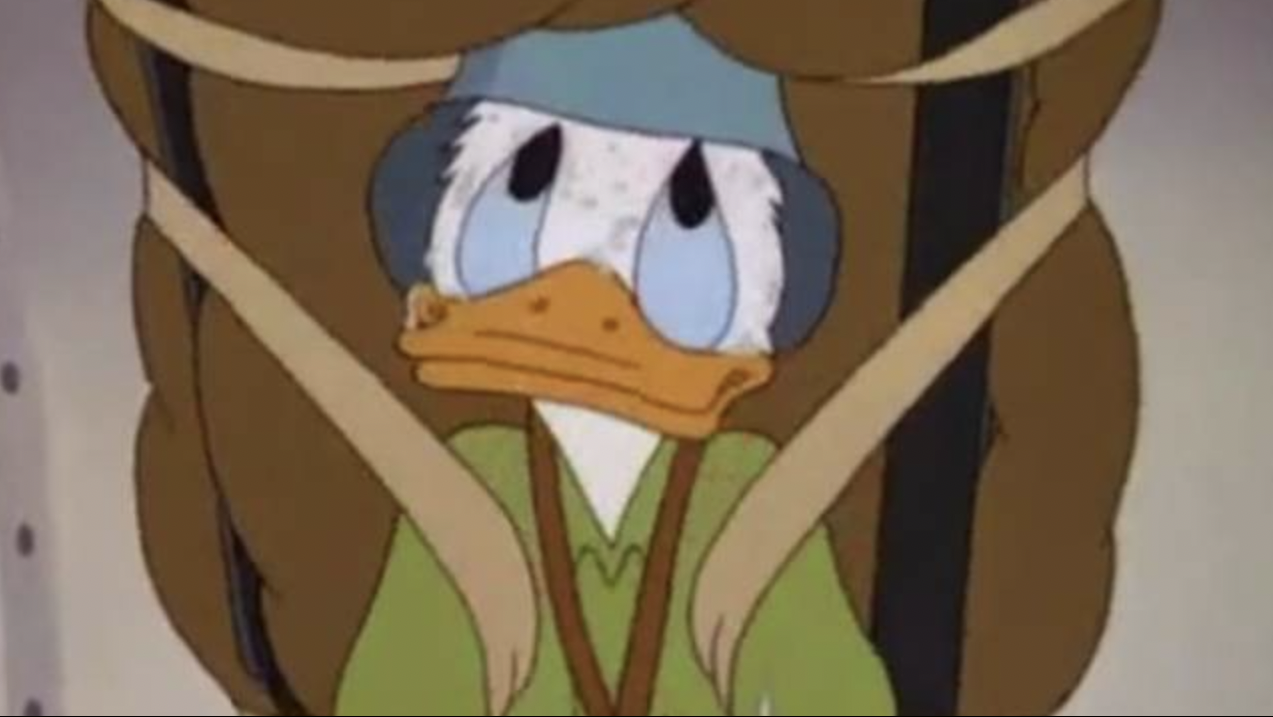
Backed into a corner financially, Disney resorted to making literal propaganda in the 1940s. Commando Duck saw Donald Duck going behind enemy lines on an occupied island in the Pacific, and the film depicts Japanese soldiers as cruel, unintelligent and cowardly, with one quipping that shooting an enemy in the back is the “Japanese way.”
Frolo in The Hunchback of Notre Dame
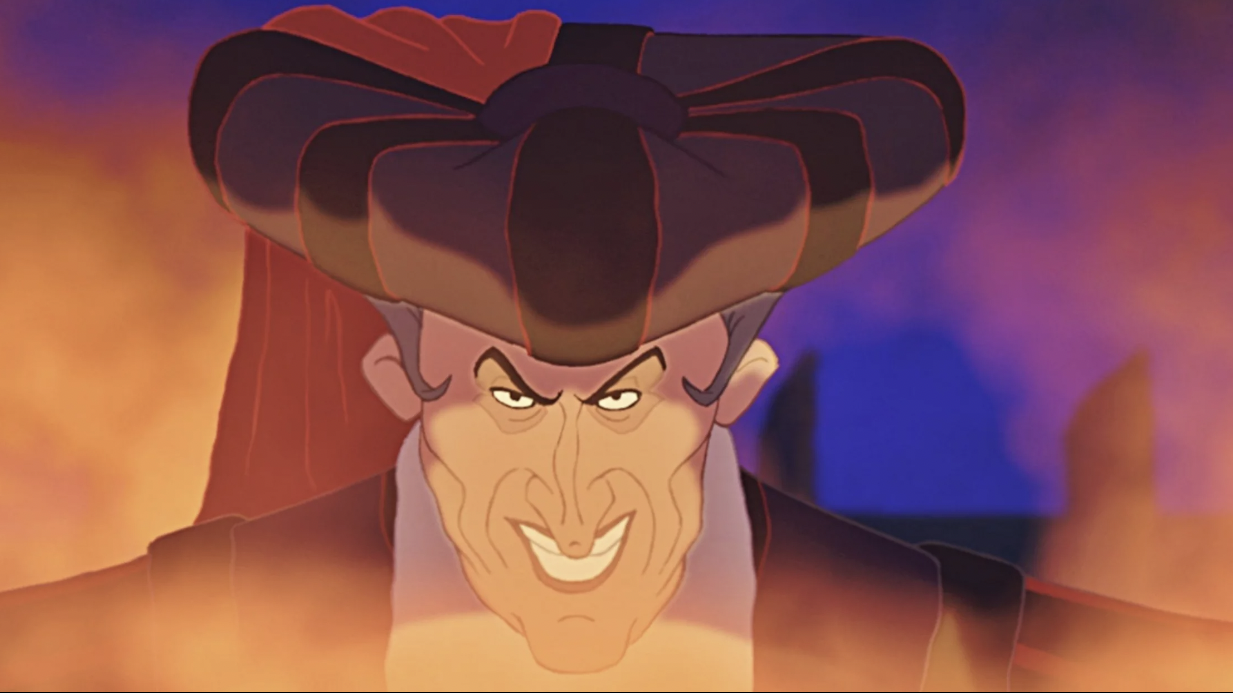
Every story needs a good villain, but Disney went a little far when it came to Frollo, the antagonist of The Hunchback of Notre Dame. Frollo is a racist, fascist lunatic who is hellbent on murdering a woman for resisting his sexual advances. There’s no question this makes him a compelling bad guy, but it’s a lot for young minds to deal with.
Jasmine’s outfit in Aladdin abandons historical accuracy in favour of objectification
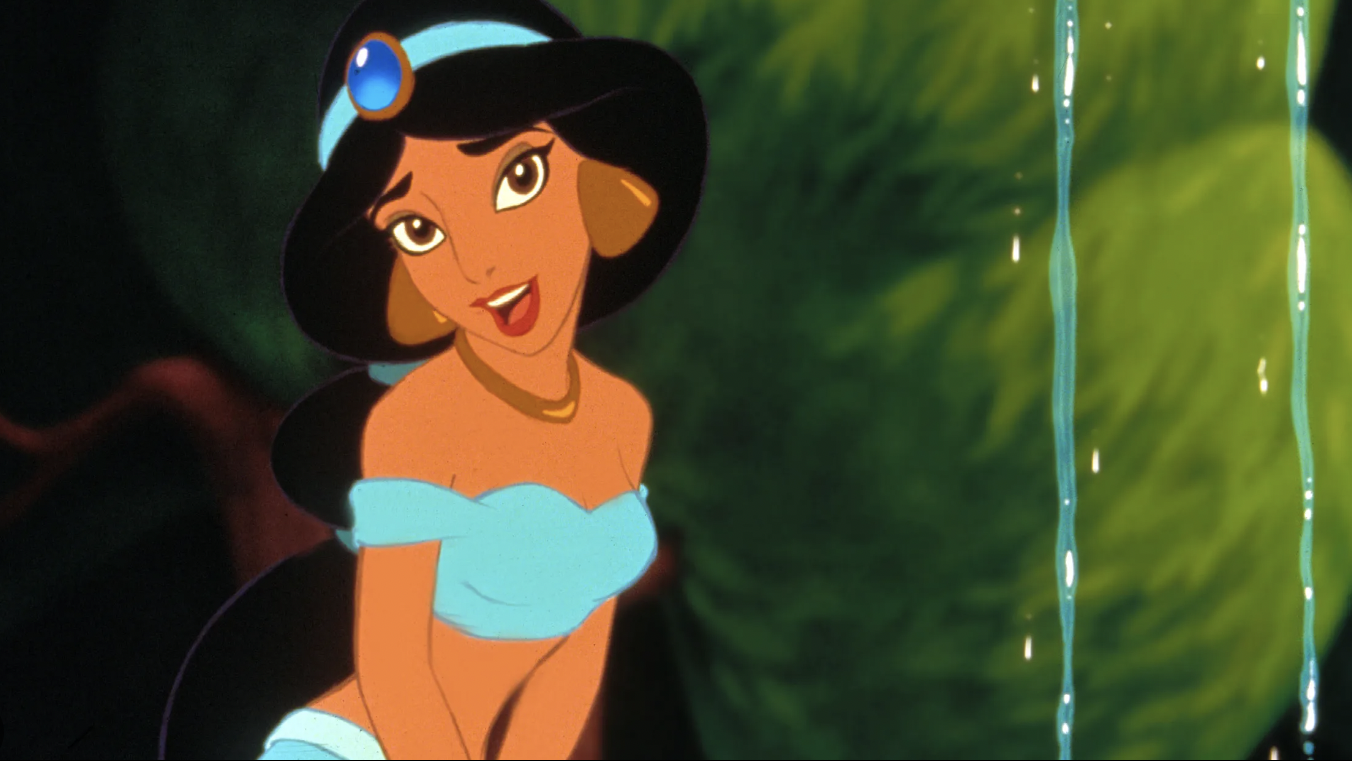
Considering the fact that Aladdin is set in the Ottoman Empire during the 15th century, it’s almost certain that Jasmine’s revealing outfit isn’t historically accurate. Instead, it’s designed to cater to Western standards of beauty and the expectation that women should be objectified. Fortunately, the live action remake decided to go with a more historically accurate, less lascivious choice of outfit.
Cannibals in Trader Mickey
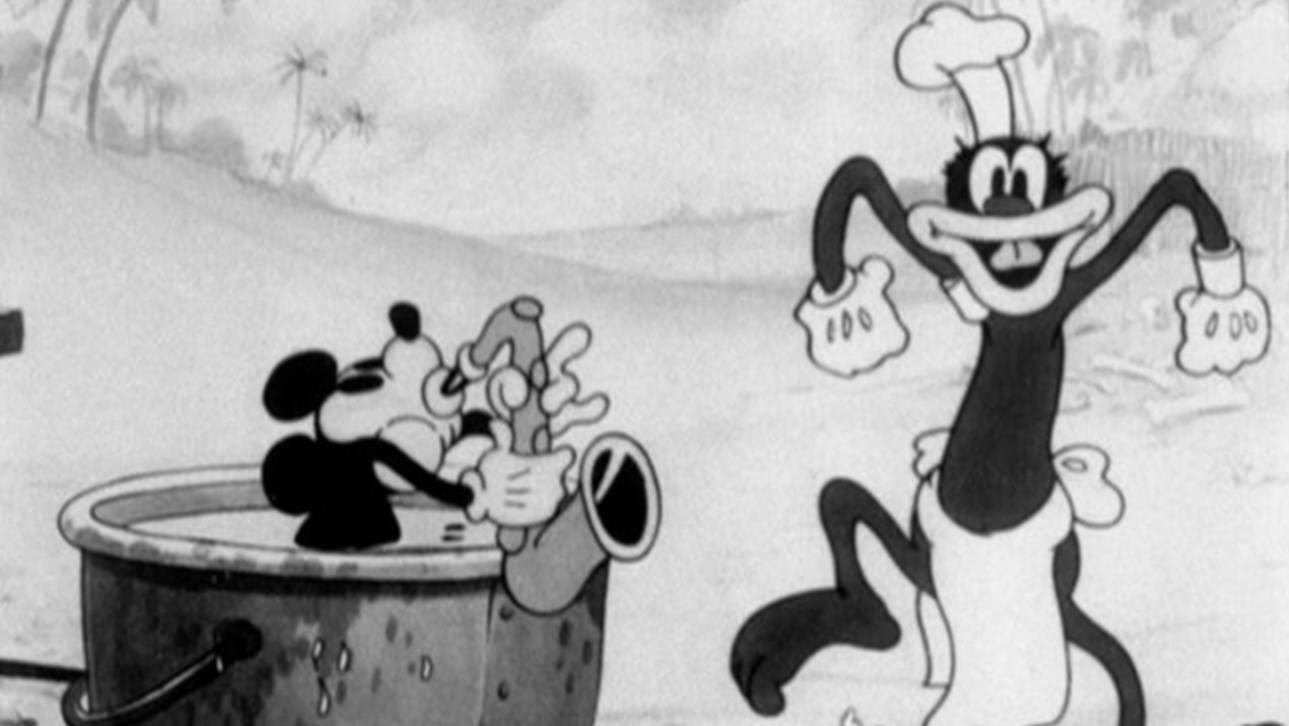
It almost feels like cheating to include a Disney film from the early 1930s, since most of them didn’t even bother trying to conceal their racism. In Trader Mickey, our hero travels to Africa, where he encounters a tribe of savage cannibals. The film’s depiction of the natives as primitive and brutish makes for deeply uncomfortable viewing in the 21st century.
Cinderella waits for a man to save her
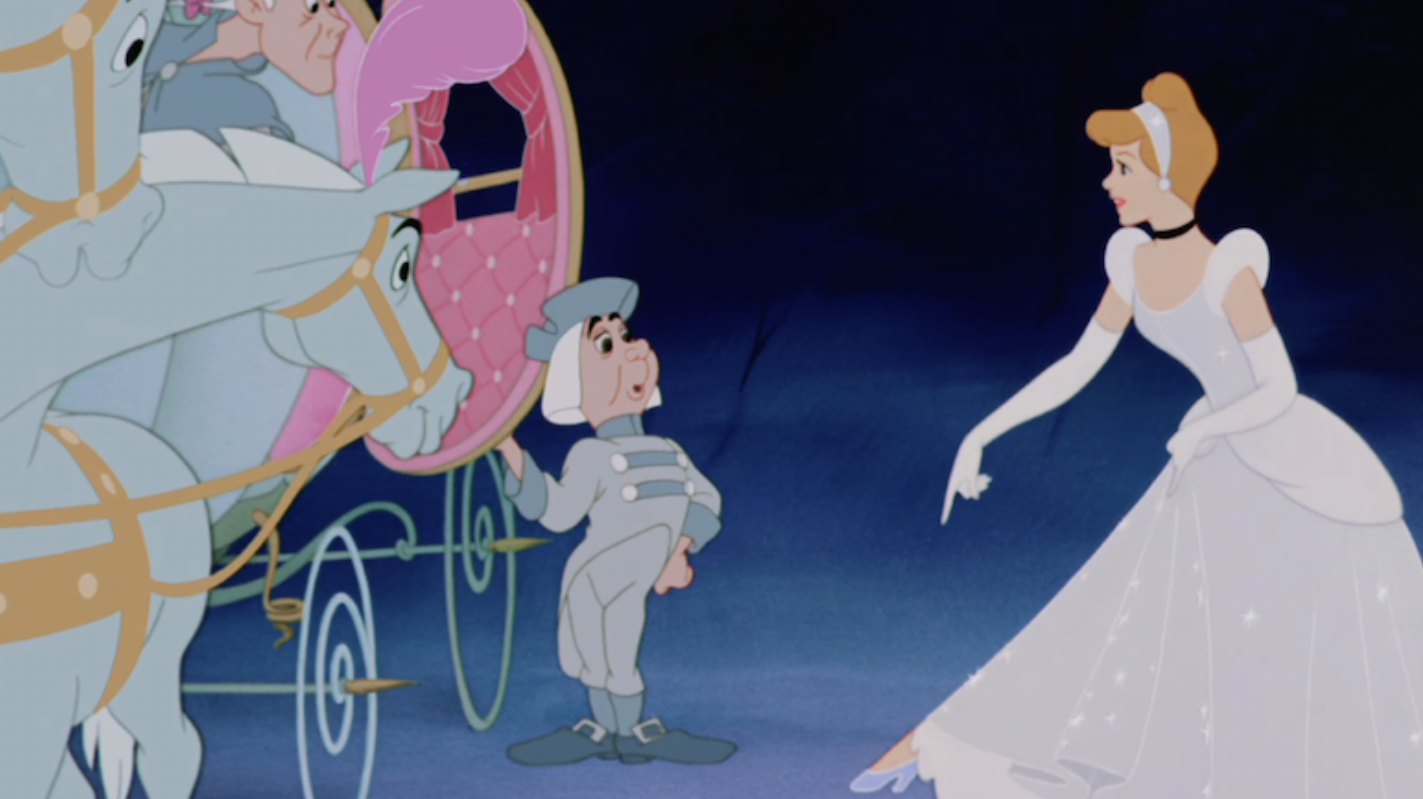
Cinderella might be one of the most beloved films of the classic Disney era, but there’s no getting round the fact that its handling of gender roles is extremely outdated. Arguably one of the most passive female leads in Disney history, Cinderella’s plan to escape her abusive situation is to wait around for a man to turn up and save her – which he does.
The racist Song of the Roustabouts in Dumbo
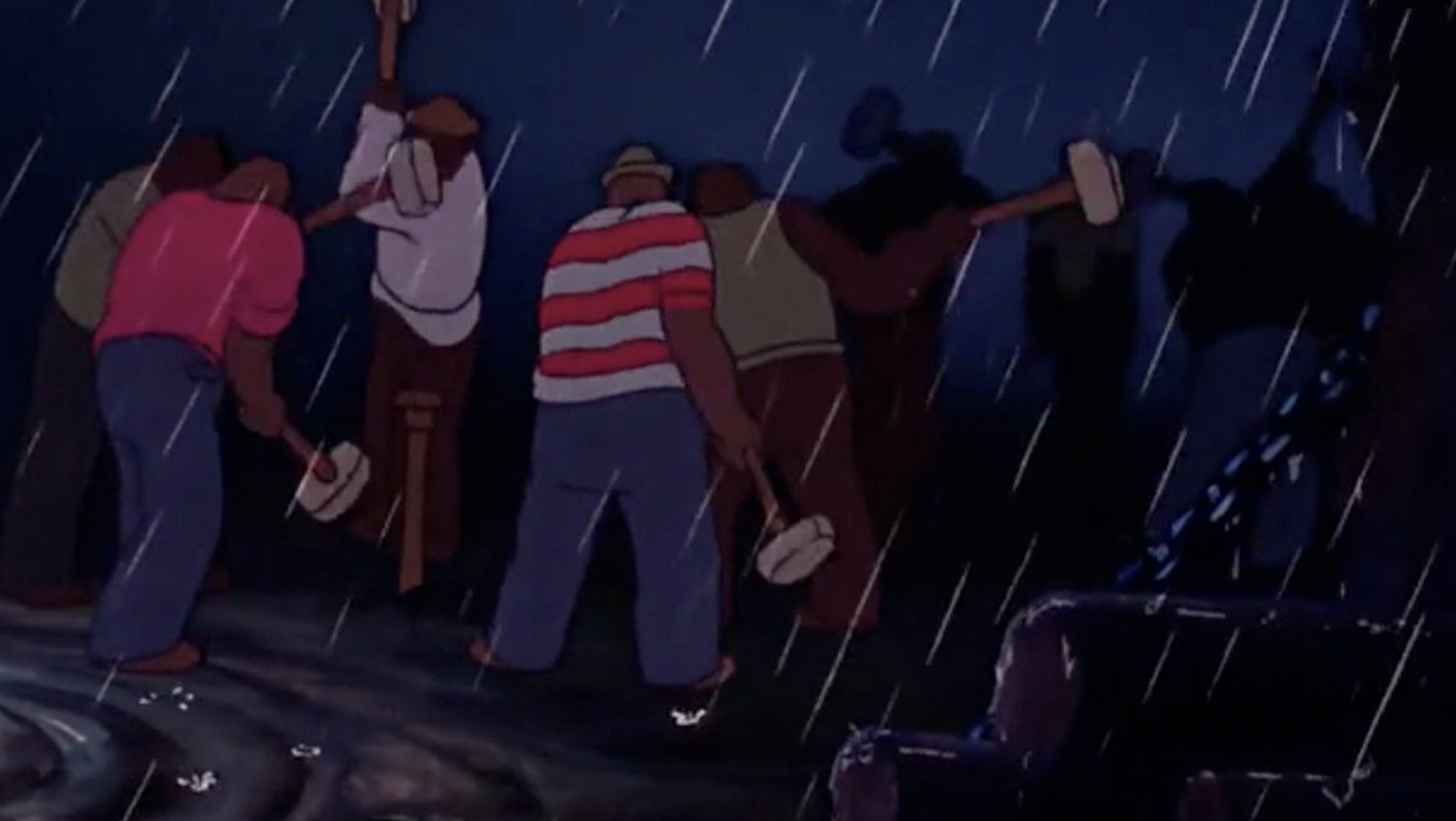
The character of Jim Crow might be the most blatant example of racism in Dumbo, but it’s far from the only one. The Song of the Roustabouts features a group of Black men hammering railroad ties in a scene that looks uncomfortably like a chain gang, and features the line, “Grab that rope you hairy ape.”
Ursula embodies lesbian stereotypes
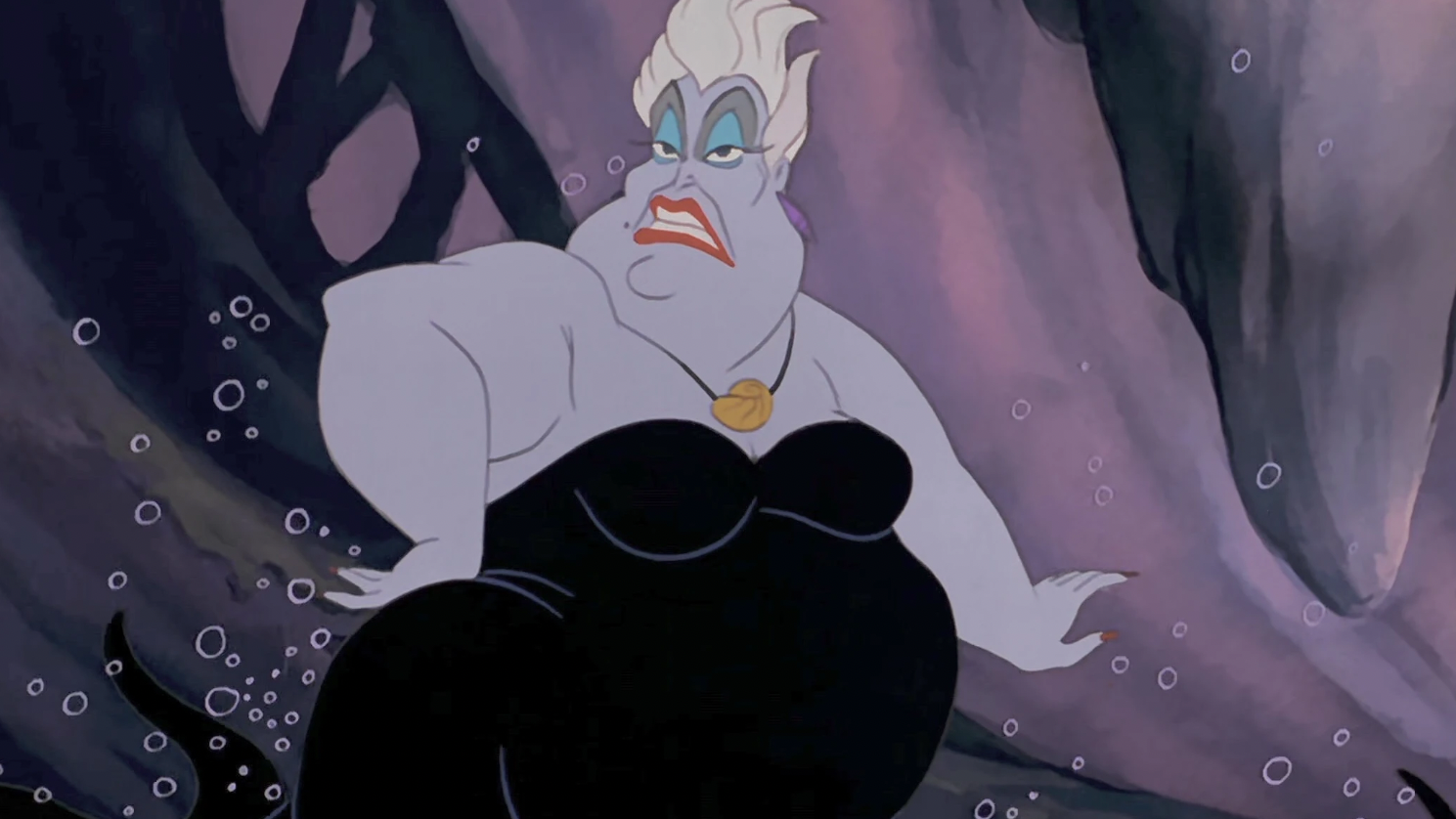
Another example of Disney queer coding its antagonists, Ursula, the evil witch from The Little Mermaid, embodies many stereotypically lesbian characteristics. These include short, spiked up hair and a “butch” physique. Ursula’s depiction further strengthens the argument that, in its Golden Age, Disney viewed “otherness” as something to be feared.
Snow White immediately ends up cooking and cleaning for the Dwarfs

After the Huntsman spares Snow White’s life, she is left frightened and alone in the woods. Fortunately, with the help of some friendly animals, she finds the cabin of the Seven Dwarves. In an insight into Disney’s views on how women should behave, she then immediately begins cooking and cleaning, with the dwarves eventually letting her stay as little more than an indentured servant.
Mushu sexually harassing Mulan
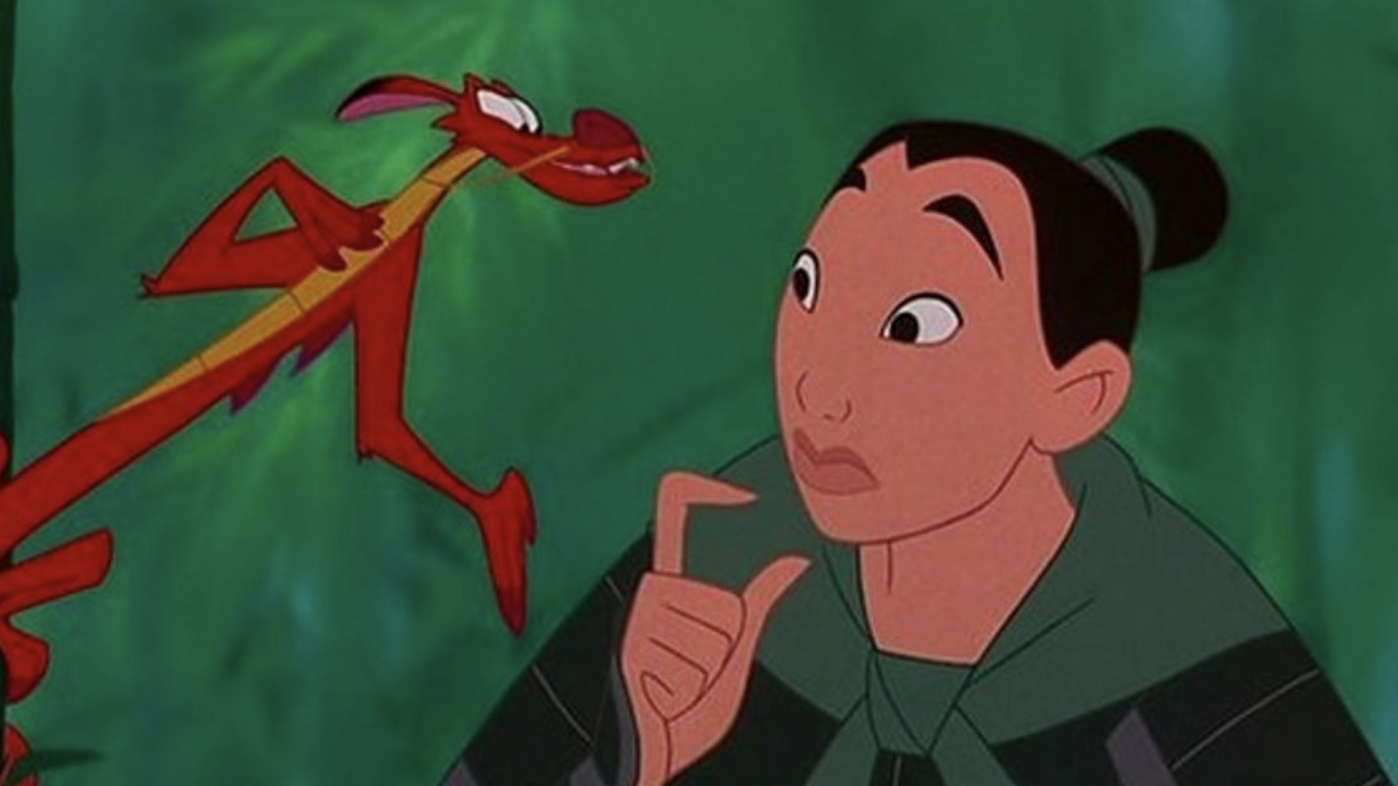
Mushu might, on the whole, be a loveable and good hearted dragon (even if he did turn into a villain in the sequels), but it’s still uncomfortable when he tells Mulan “I can see right through your armour.” What he means is that he knows she’s lying about her gender, but it still feels leering and inappropriate by today’s standards.
The Donkeys in Pinocchio
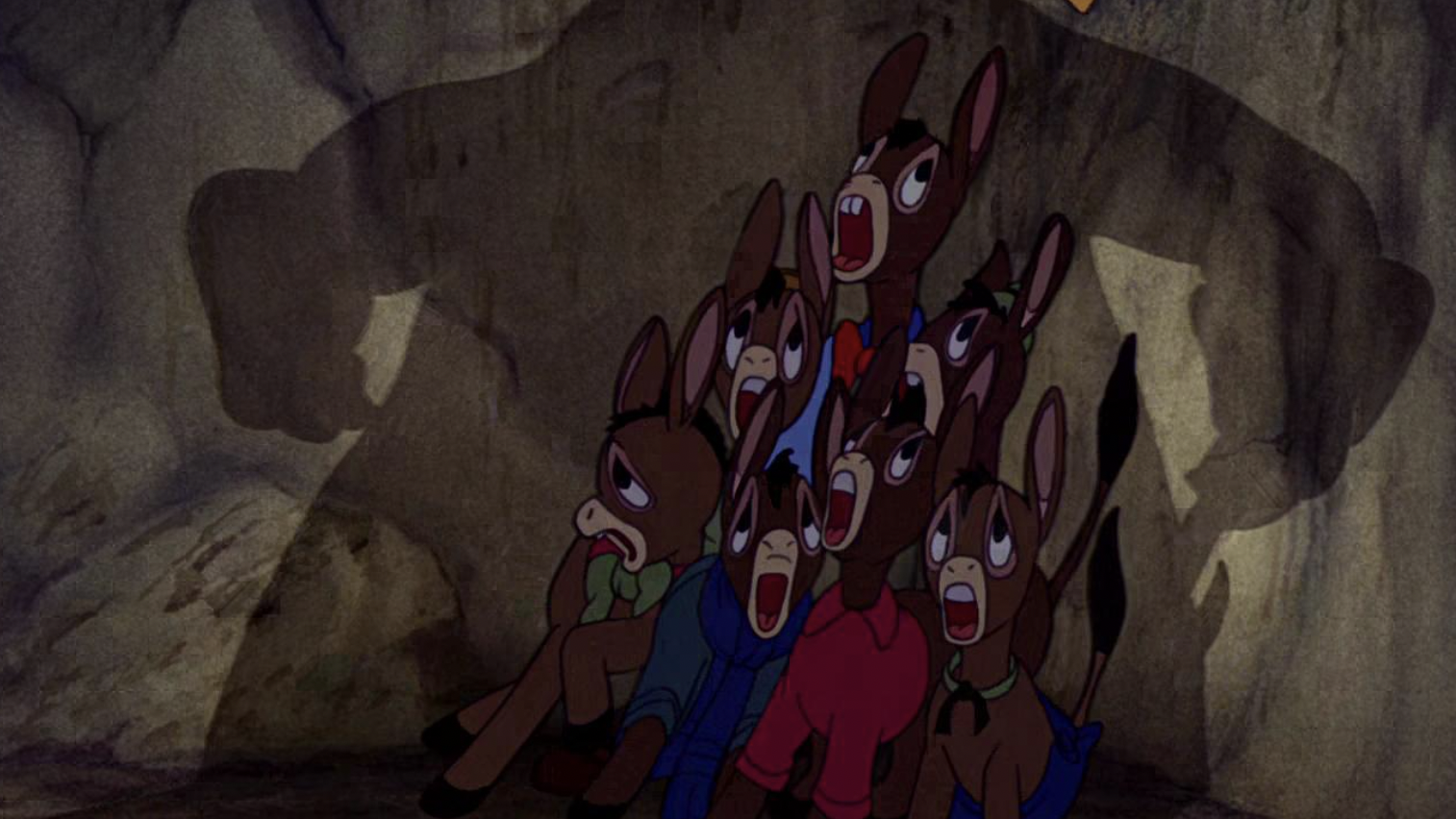
Considering its target audience, there are some unrelentingly bleak moments in Pinocchio. Chief amongst these is when the donkeys are revealed to be transformed children, who desperately beg to return to their mothers. The worst part is that there’s no happy resolution, as the children are simply left to their grim fates as circus animals or as slaves in salt mines.
Frollo instructing a torturer in The Hunchback of Notre Dame
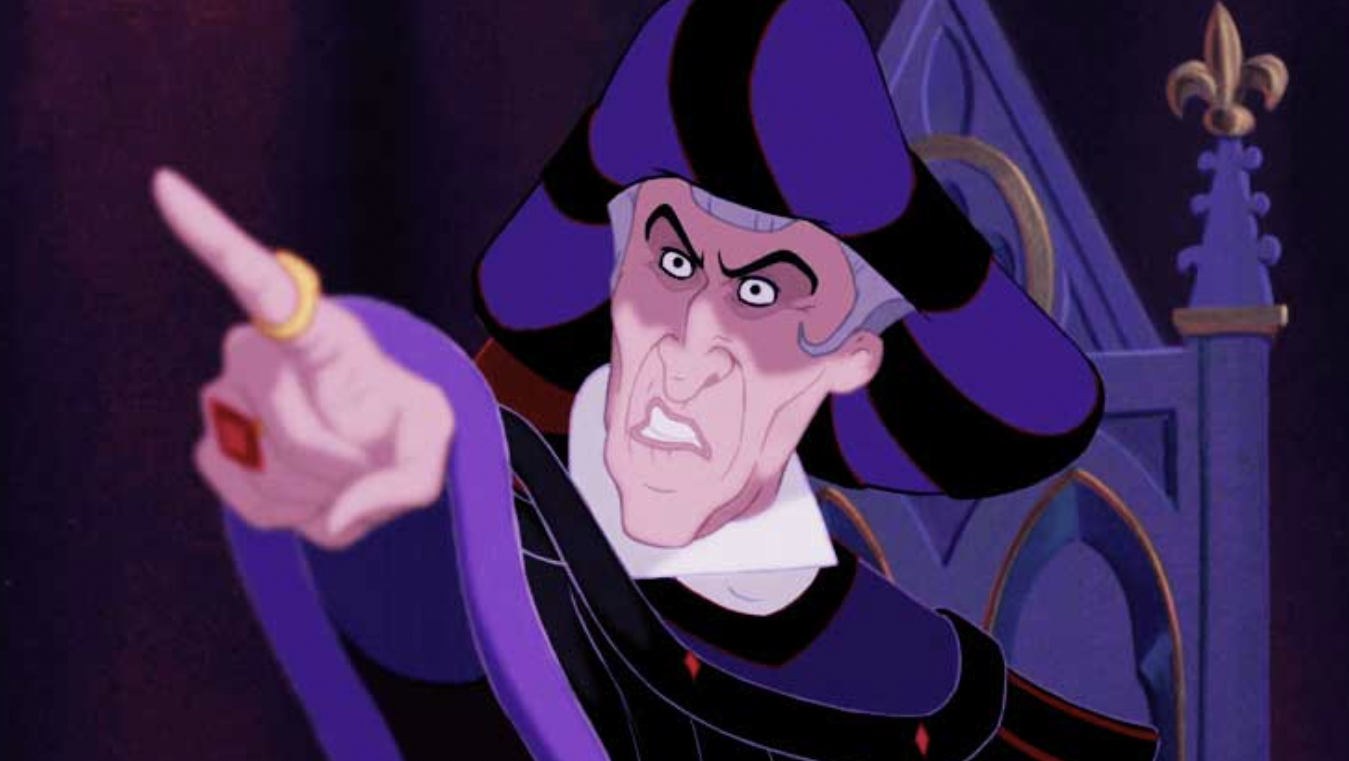
There’s a pretty strong case to be made that The Hunchback of Notre Dame is Disney’s darkest film. In one sequence, big bad Frollo offhandedly instructs a torturer to slow down the rate at which he’s whipping a prisoner to prevent the wound from going numb. It’s absurdly inappropriate for a kid’s film, and almost certainly wouldn’t make the cut today.
Donald Duck objectifying women in The Three Caballeros
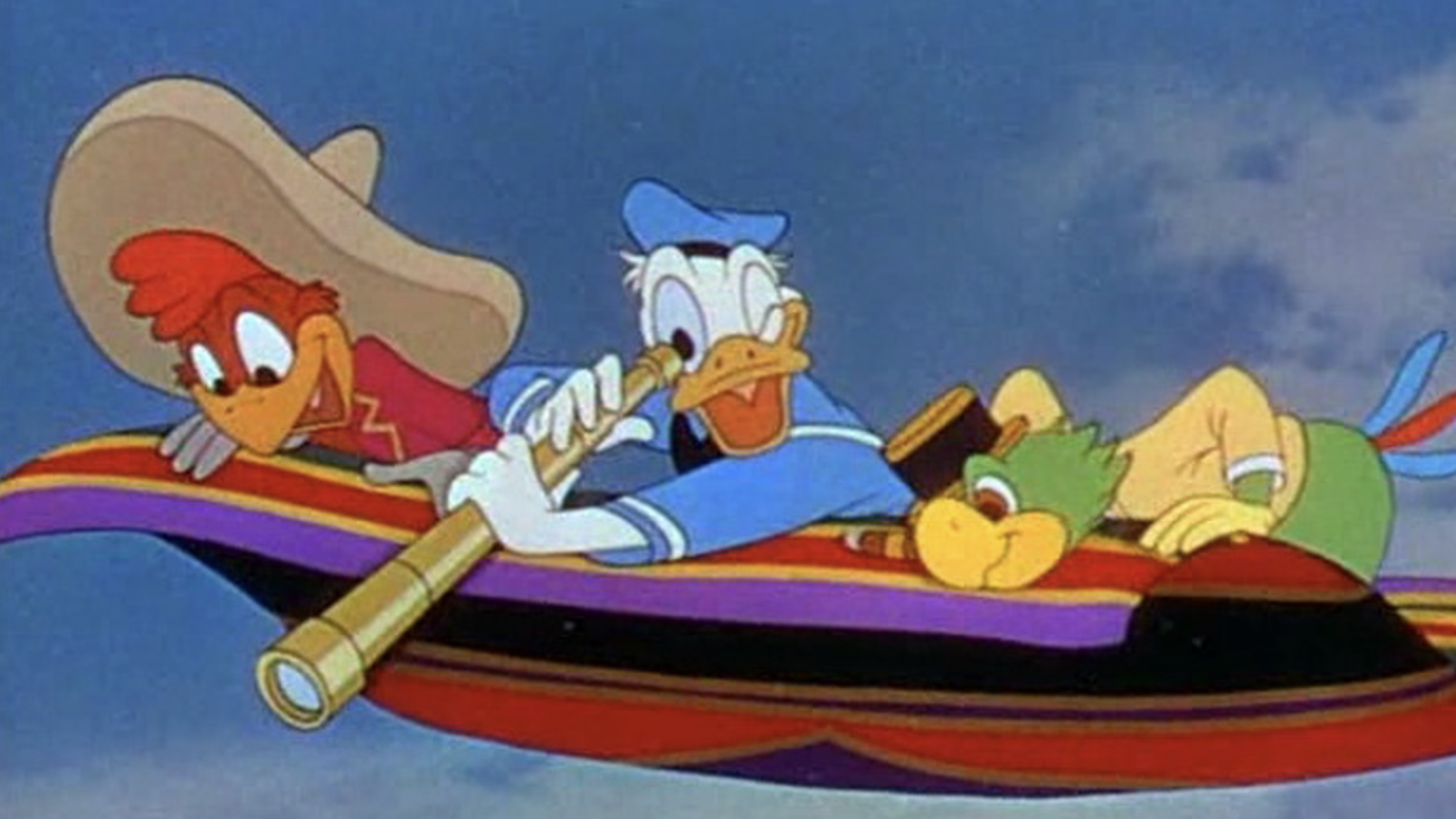
One of the most unhinged Disney productions, The Three Caballeros was intended as part of the studio’s ‘goodwill message to Latin America.’ Unfortunately, that goodwill didn’t extend to women. In one sequence, Donald Duck and co fly over a beach on a magic carpet and spy on a number of scantily clad women through a telescope, excitedly declaring “hot stuff” in barely contained lust.
Most of the dogs in Lady and the Tramp
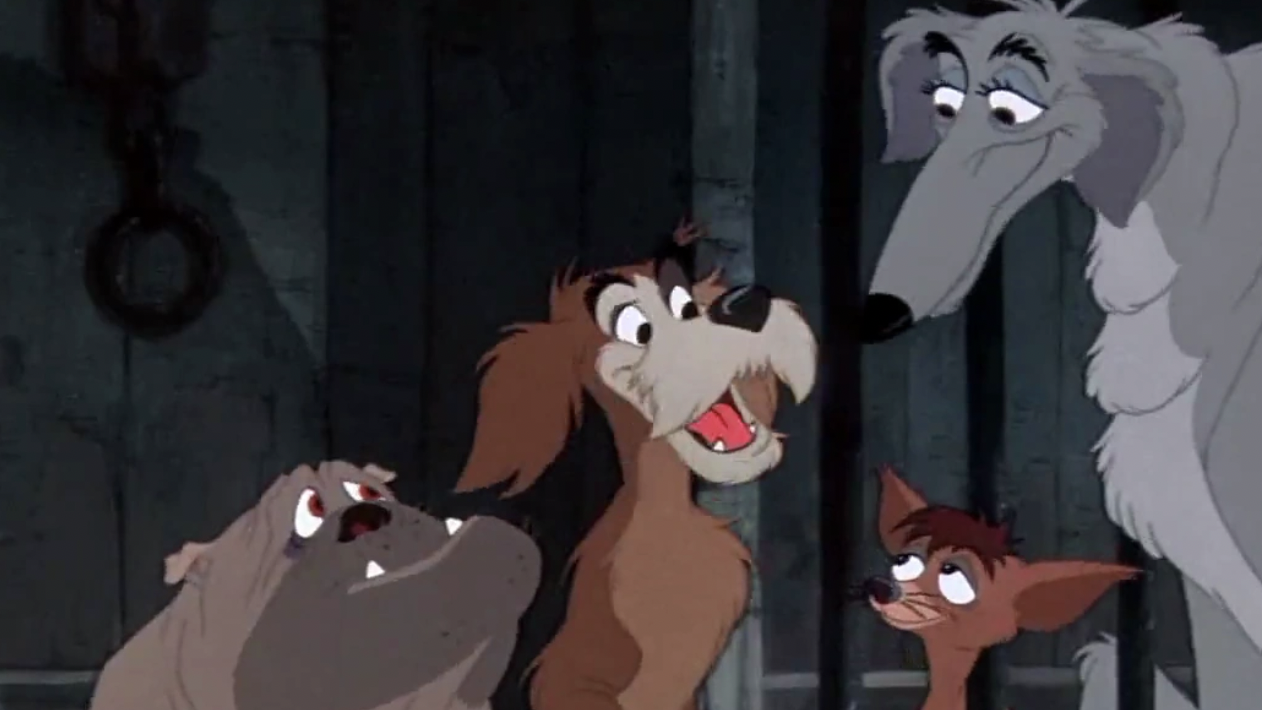
Aside from the main characters, most of the dogs in Lady and the Tramp are one dimensional, racist caricatures that play off negative stereotypes for laughs. Examples include Dachsie, a dachshund that speaks in a thick German accent, Boris, a Russian wolfhound who talks about missing the “Tsar’s vodka,” and Pedro, a chihuahua who speaks in an over the top Mexican accent.
Tiana needs a man to save her in The Princess and the Frog
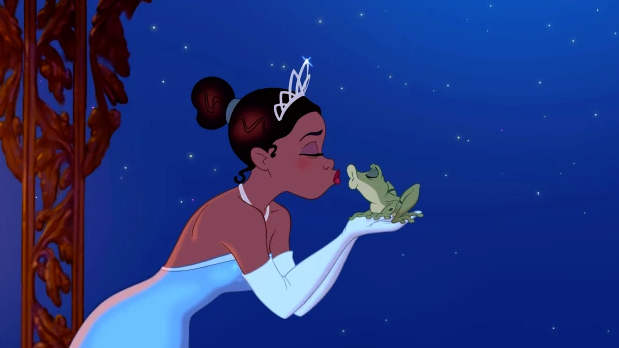
Despite its problematic portrayal of a struggling black family, The Princess and the Frog earned points for depicting Tiana as a hard working, ambitious woman determined to succeed. Unfortunately, the film then immediately strips her of her power by turning her into a frog, with her salvation only coming through a marriage to Naveen.
Jasmine kissing Jafar in Aladdin
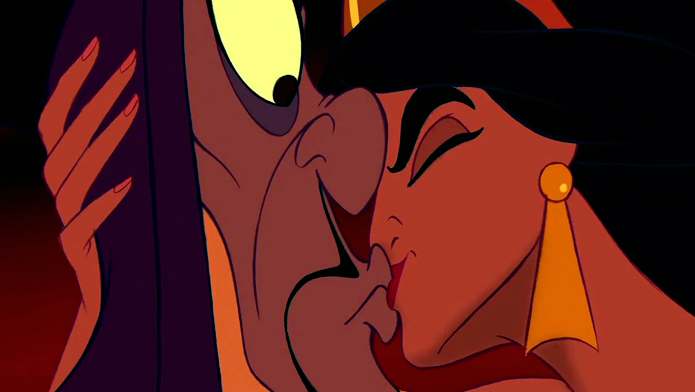
A key subplot in Aladdin is Jafar’s schemes to force Jasmine into marriage. This is already creepy enough, considering that Jafar is an old man and Jasmine is clearly a teenager, but it gets even worse. When Jasmine notices Aladdin sneaking in to steal the magic lamp, she uses her womanly wiles to seduce Jafar, planting an extremely uncomfortable kiss on her captor.
The centaur scene in Fantasia
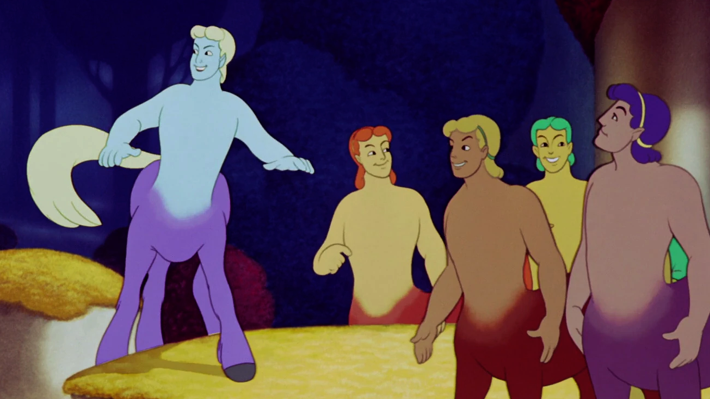
Fantasia is one of the earliest full length Disney films, so it’s no surprise that it contains some moments that have aged decidedly badly. One of the worst offenders is the centaur scene, in which the mythical creatures are matched by colour and paired off in heterosexual couples.
Aladdin and Jasmine are lighter skinned than the other Arabic characters
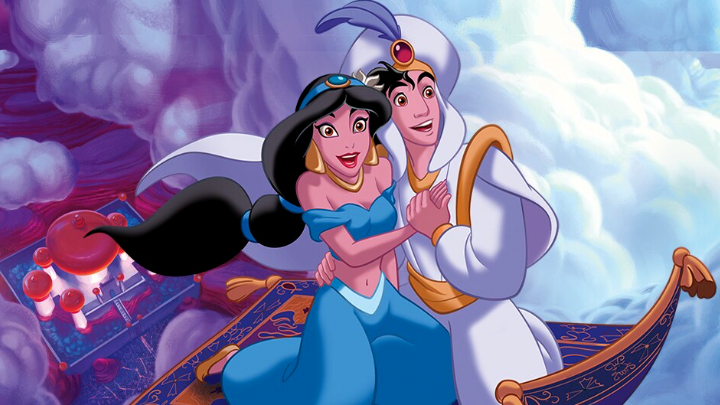
It really says a lot about Disney’s mentality back in the day that the studio thought the easiest way to make audiences root for characters was to lighten their skin. This is exactly what they did with Aladdin and Jasmine, who, despite being the same ethnicity as the other Arabs in the film, are considerably fairer. They also sound far more Anglicised than the other characters.
Sleeping Beauty suggests physical attractiveness is all that matters

One of the most consistent undercurrents in Golden Age Disney films is the conflation of youth and beauty with being “good,” whilst age and ugliness is associated with villainy. This is most clearly demonstrated in Sleeping Beauty, where Princess Aurora’s beauty and inherent kindness is sharply contrasted with the old, and therefore evil Maleficent.
He’s a Tramp song in Lady and the Tramp
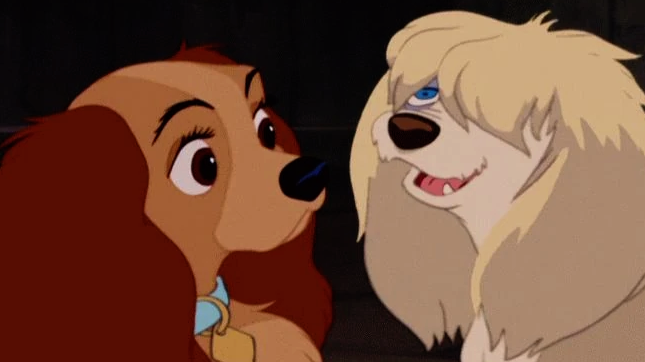
This little number might be the most outdated moment in Lady and the Tramp after the painfully racist We Are Siamese song. In it, a Pekingese dog named Peg attempts to warn Lady away from Tramp by telling her about his sexual past. Needless to say, shaming a character for exploring their sexuality wouldn’t be tolerated by modern audiences.
Belle needs to be rescued from Gaston

Gaston is a thoroughly slimy character, with his sleaziness best embodied by his refusal to take no for an answer during his attempts to court Belle. This might not be an issue in itself since he’s clearly the villain, but what’s more problematic is the fact that Belle is completely powerless to handle this problem herself, instead relying on the Beast to defend her honour.
Blackface in Mickey’s Mellerdrammer

Not only is 1933 short film Mickey’s Mellerdrammer incredibly racist, but Mickey Mouse is right there laughing throughout all of it. The short film follows Mickey and co. as they put on a production of – wait for it – Uncle Tom’s Cabin! And of course, it’s not enough for Mickey just to direct it. He has to apply blackface and act in it.
Blackface in The Night Before Christmas
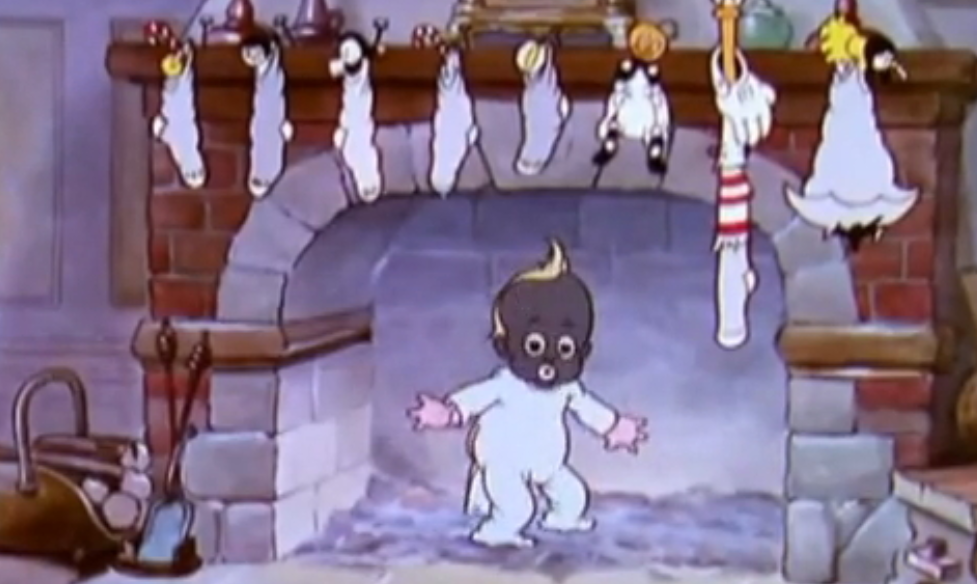
In 1933’s The Night Before Christmas, Santa delivers toys to all the good girls and boys across the world as he does in any Christmas film, but when he visits a poor household with nine kids sleeping in one bed, things go awry. When one naughty child called Junior tries to chase Santa up the chimney, he ends up dancing around in blackface.
All of Der Fuehrer’s Face
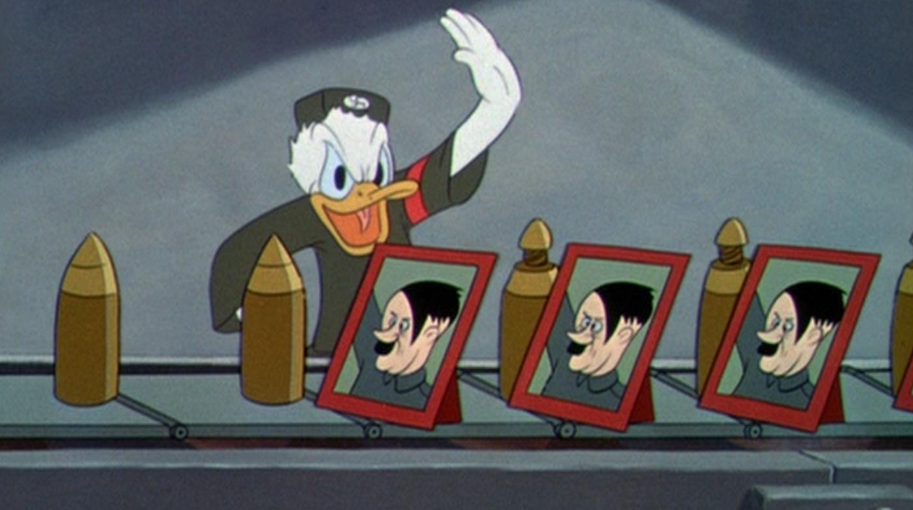
The title says enough. Believe it or not, in 1943 Disney made a short film starring Donald Duck in which Hirohito, Göring, Goebbels and Mussolini force him to work in a weapons factory. In case the racism wasn’t overt enough, Hirohito has yellow skin, buck teeth and squinted eyes. Thankfully, Donald woke up to find it was all just a nightmare. Viewers weren’t so lucky!
Alice In Wonderland’s drug allegory
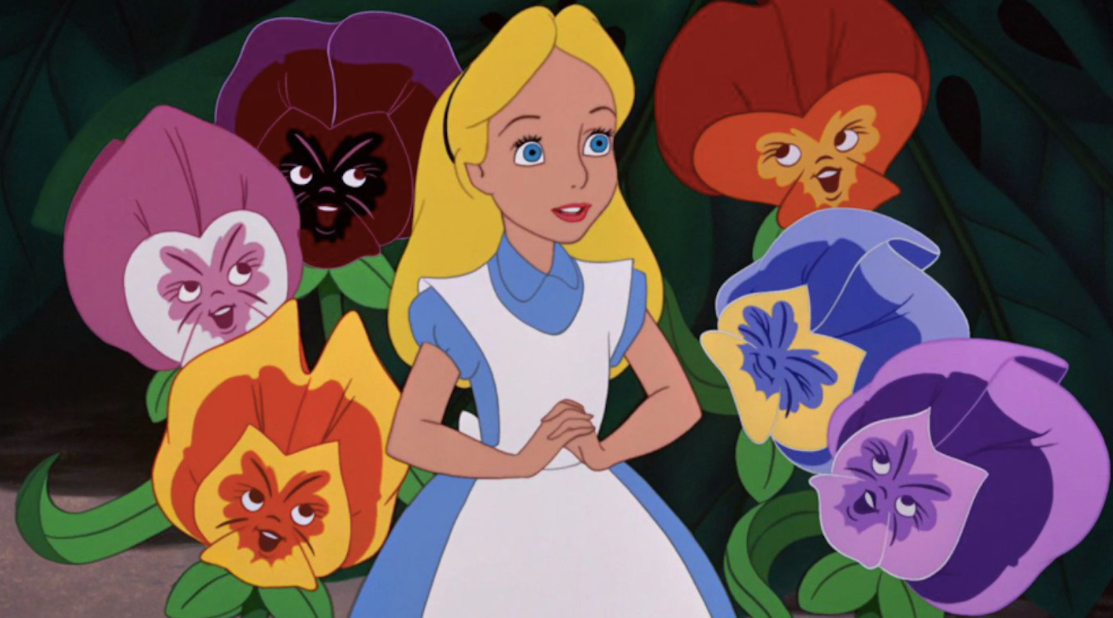
When you watch Alice in Wonderland as a kid, you don’t think twice about its themes, but in adulthood it’s clear the tale is an allegory for hallucinogenic drugs. Alice eats a mushroom and grows into a giant. She swallows a pill and shrinks to the size of a mouse. This film is so trippy, counterculture rockers Jefferson Airplane even wrote a song about it.
Tinkerbell’s body dysmorphia
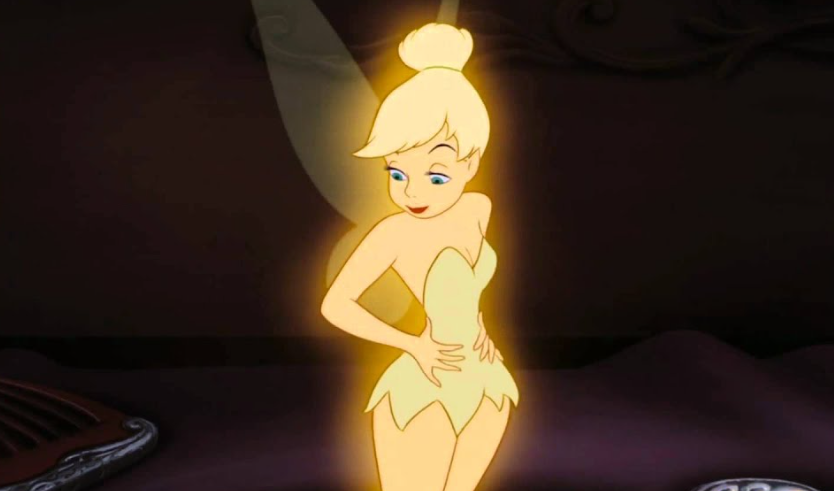
Based on the 1904 J.M. Barrie play and its 1911 novelisation Peter and Wendy, Peter Pan was and remains a classic of Disney’s canon. Last year, it was flagged for concern by Disney itself due to Tinker Bell being jealous of Peter Pan’s attention towards Wendy and because she is “body-conscious”. This doesn’t sit right in today’s progressive world.
Captain Hook’s normalisation of ableism
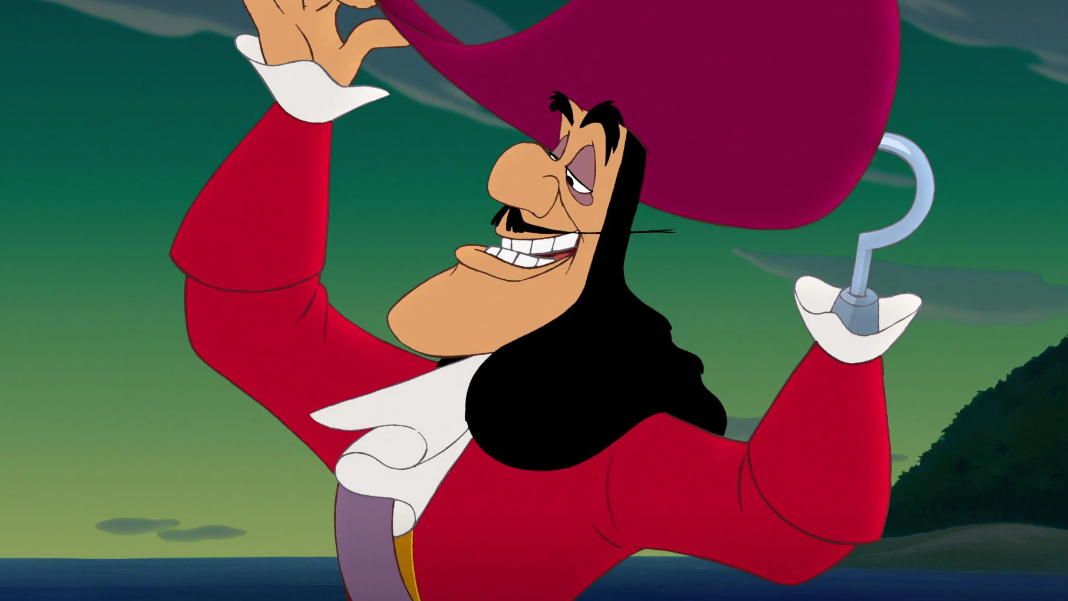
Captain Hook is a baddie, one of Disney’s most famous, but that doesn’t mean we should portray his disability in a negative light. Disney decided in 2022 it wasn’t the best look to equate someone with a prosthetic hand (or hook) with someone as dastardly and evil as Captain Hook. Warnings have since been added to the streaming film on the Disney+ platform.
Romani stereotypes in The Hunchback of Notre Dame

The Hunchback of Notre Dame is a brutal, bloody story written by Victor Hugo. Its adaptations may have tweaked some of the horror, but by Disney standards, it’s still a rough ride for young viewers. And although ultimately an anti-ableist tour de force, it has also been criticised for its lazy outdated depiction of Romani people.
The Big Bad Wolf’s Jewish Disguise

1933’s Three Little Pigs won the Academy Award for Best Animated Short and was even selected for preservation in the National Film Registry in 2007. But it did a terrible job of damage controlling the allegations of antisemitism over at the magic kingdom. One scene sees the Big Bad Wold disguising himself as a Jewish man, with a giant nose and Yiddish accent to boot.
The Mammy doll in Santa’s Workshop

How do you make a story about Santa Claus and his elves preparing for Christmas controversial? Give it to Disney animators in 1932. One scene features Santa working on some dolls, when a white doll with blonde hair comes down a chute says “Mama” in a cute tone. Then comes a black doll with a minstrel-esque design which yells out in a raspy voice.
The Black Birds in Mother Goose Goes to Hollywood

Disney really had some howlers in the 1930s. Just wall-to-wall racist nonsense. 1938’s Mother Goose Goes to Hollywood is no exception. During Sing a Song of Sixpence, in which “4 and 20 blackbirds [are] baked into a pie,” a slew of caricatured black celebrities like singer Cab Calloway, comedian Stepin Fetchit, and jazz pianist Fats Waller pop out of a large pie as crows.
Depiction of Germans in Education for Death

You’d think that during the brainstorming session for 1943’s anti-German propaganda film Education for Death: The Making of the Nazi, someone would’ve said, “Hey, maybe this is a bad idea!” Although meant to educate children about the danger of indoctrinating people with nasty beliefs, the short film paints German people en masse in the worst light possible, portraying them as fanatical servants of Hitler.
Swiss Family Robinson’s bloodthirsty pirates
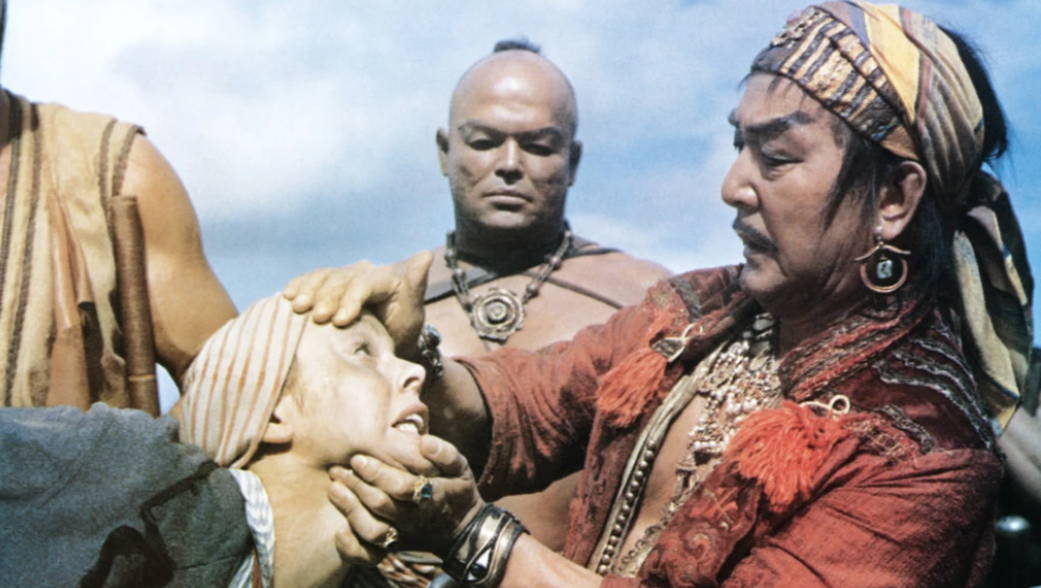
Adapted from the 1812 novel of the same name, Swiss Family Robinson has a perfect adventurous set-up: a (white) family is stranded at sea after being ambushed by pirates and must fend for themselves on a deserted island paradise. The drawback is that these pirates are people of colour (or people made to look like people of colour) and they’re completely barbaric.
Racist Asian stereotypes of One of Our Dinosaurs is Missing
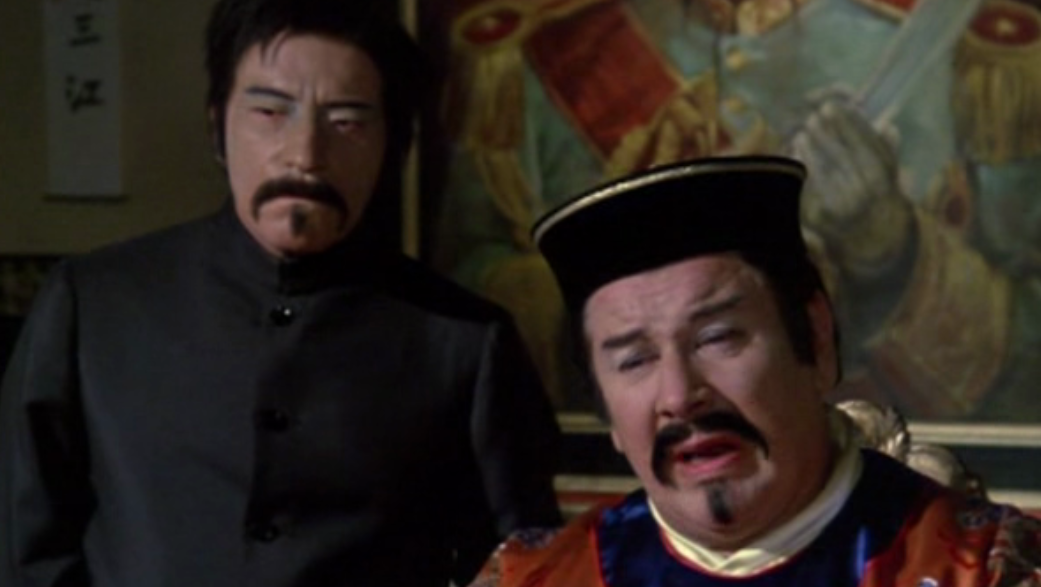
Disney decided to move the setting of 1975’s One of Our Dinosaurs is Missing to post-WWI London to avoid addressing politics. Alas, they decided to cast a bunch of white guys as Chinese men, taping their eyes narrow and encouraging them to do the most absurd accents. This film makes Song of the South look woke.
Freaky Friday’s outdated Asian stereotypes
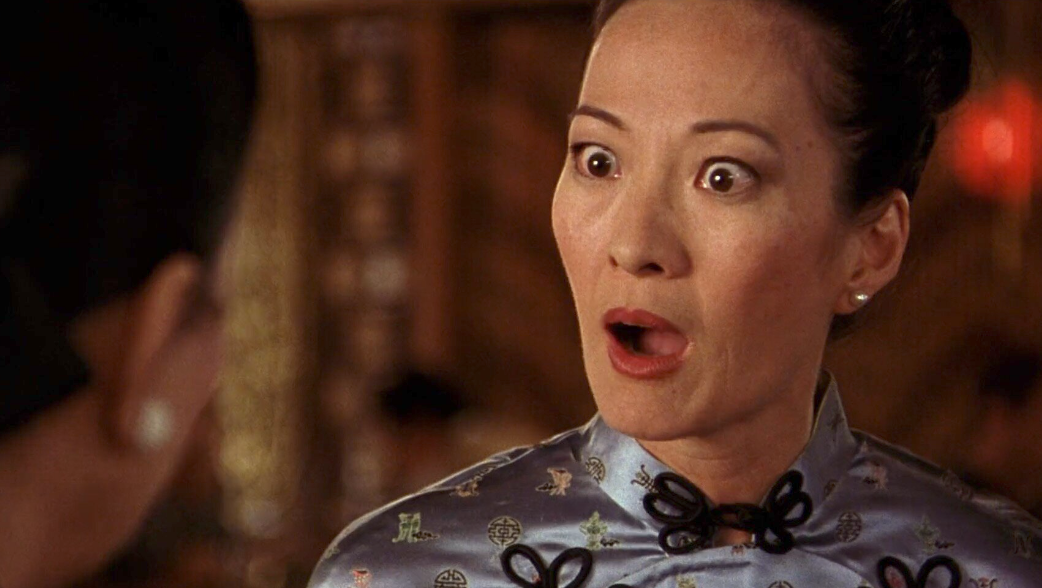
2003’s Freaky Friday remake may be Lindsay Lohan’s finest hour, but it’s marred by negative, downright confusing stereotypes. Before Lohan and Jamie Lee Curtis switch bodies, they argue in a Chinese restaurant. A waitress swings by, offers two fortune cookies (the most Chinese thing ever), and moments later an earthquake erupts, causing the switch. The next day, Lohan blames the phenomenon on “weird Asian voodoo.”
Woody being fat-shamed on Suite Life on Deck
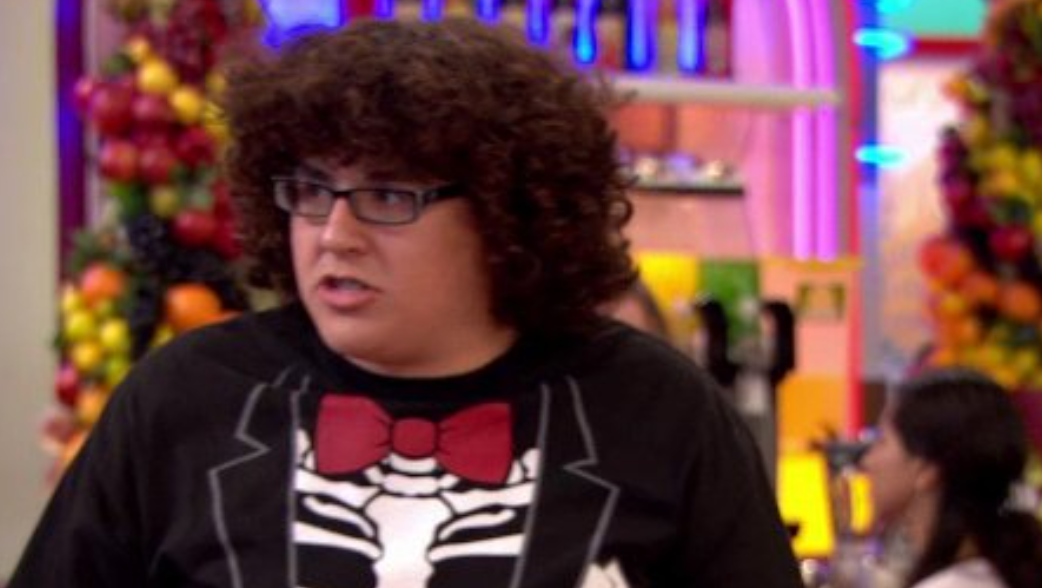
Woody Fink was a close friend of Zack and Cody on TV’s The Suite Life on Deck. Unlike the other characters, Woody was a portly fella and faced many jokes regarding weight. Fat shaming has always been a part of comedy, but you wouldn’t have expected it from a show that only came off-air as recently as 2011.
Jackson objectifying Siena on Hannah Montana

On Hannah Montana, Siena is an ultra-rich bikini model who catches the eye of Miley Stewart’s older, dorkier brother Jackson. Nuance is not in Jackson’s vocabulary whatsoever. Instead of sending up all of Siena’s personality traits, her kindness or generosity, Jackson sees her as a piece of meat, a potential trophy wife. In the wake of #MeToo, this comes off very creepy.
Indian stereotypes in Ravi’s character on Jessie

Ravi Ross was the India-born adopted son of Christina and Morgan Ross in 2011 sitcom Jessie. Disney being Disney, they threw every possible Indian trope onto his character. His accent is thick, he wears traditional clothing and plays the sitar. What makes this all the more uncomfortable is that actor Karan Brar is actually American, and had to learn to speak in a forced accent.
Jake Ryan’s emotional manipulation of Hannah Montana
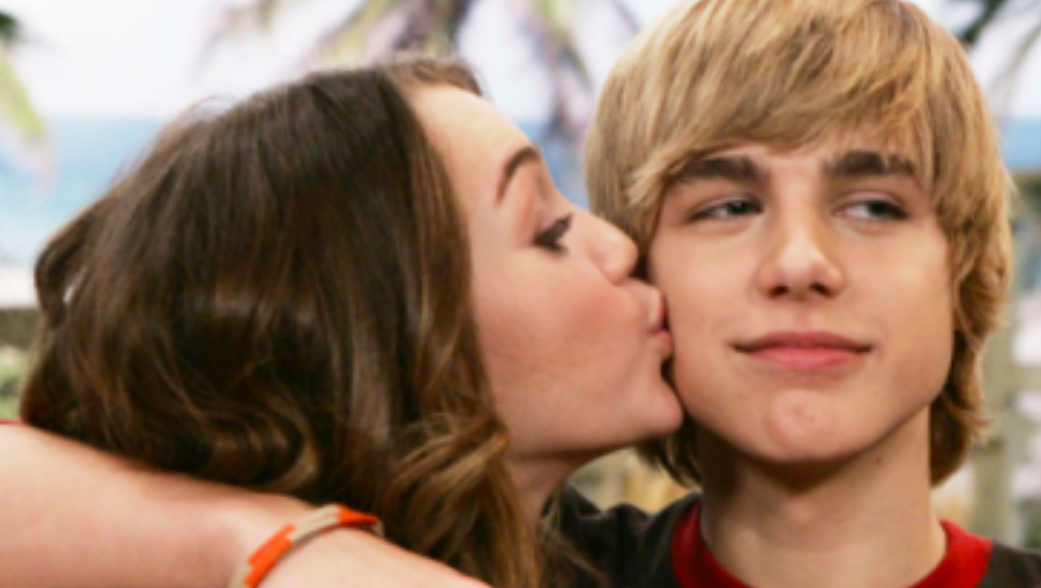
Jake Ryan can’t get enough of Miley Stewart in Hannah Montana, and she can’t get enough of him. Naturally, they embark on a relationship full of trials and tribulations - your basic teenager stuff. But as time passes, Jake becomes controlling and emotionally manipulative. In one scene, he professes his love for her on national television so Miley will be too embarrassed to turn him down.
Suite Life’s Esteban is a Hispanic parody
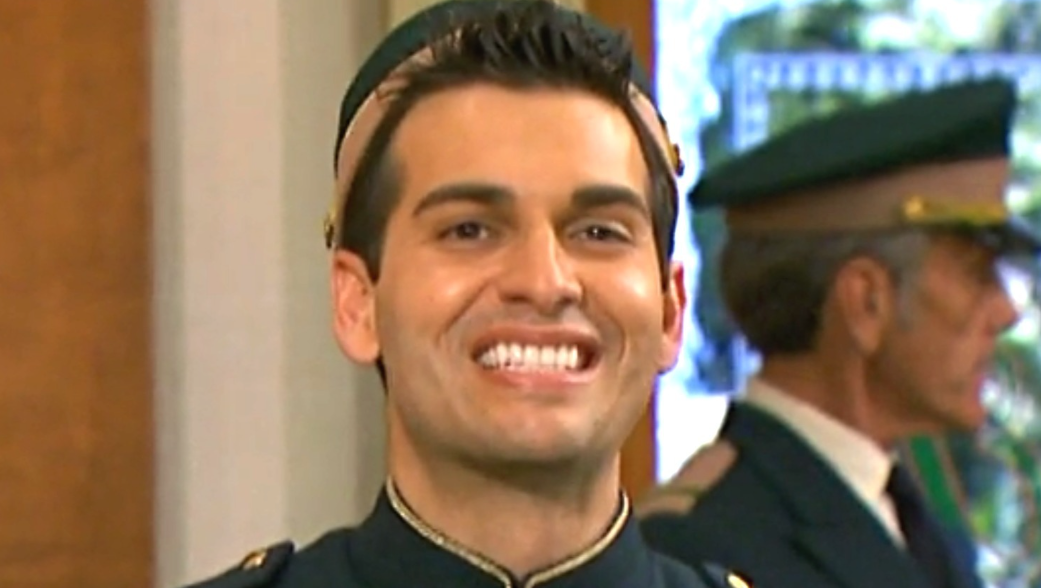
Esteban, the eccentric Hispanic bellhop at the Tipton Hotel in The Suite Life of Zack and Cody, served as comic relief for fans of the show. But viewing him through an adult lens, he’s a blatantly racist stereotype. His accent is widely mocked by other characters, who don’t “have the time” to pronounce his full name, Esteban Julio Ricardo Montoya de la Rosa Ramirez.
London Tipton pushed the “dumb rich girl” narrative

Suite Life’s wealthy heiress London Tipton is annoying, spoilt and dense. She is constantly derided and ridiculed. It is never once entertained that she could bring anything to the table other than bad manners. While it’s one thing to satirise the entitlement and ignorance of those born into wealth, this takes a misogynistic bent when the subject of ridicule is a young woman.
Tiger Cruise glorifies the military

2004 Disney Channel movie Tiger Cruise was a bold, perhaps misjudged take on the political sensitivities of the era. The film starts with a bunch of Navy brats aboard an aircraft carrier for a special cruise. They’re all like, “Man, this sucks! The Navy blows! I wanna go home!” Then 9/11 happens and they learn to love the bomb. It’s propaganda… for kids!
Blank Check’s underage kiss
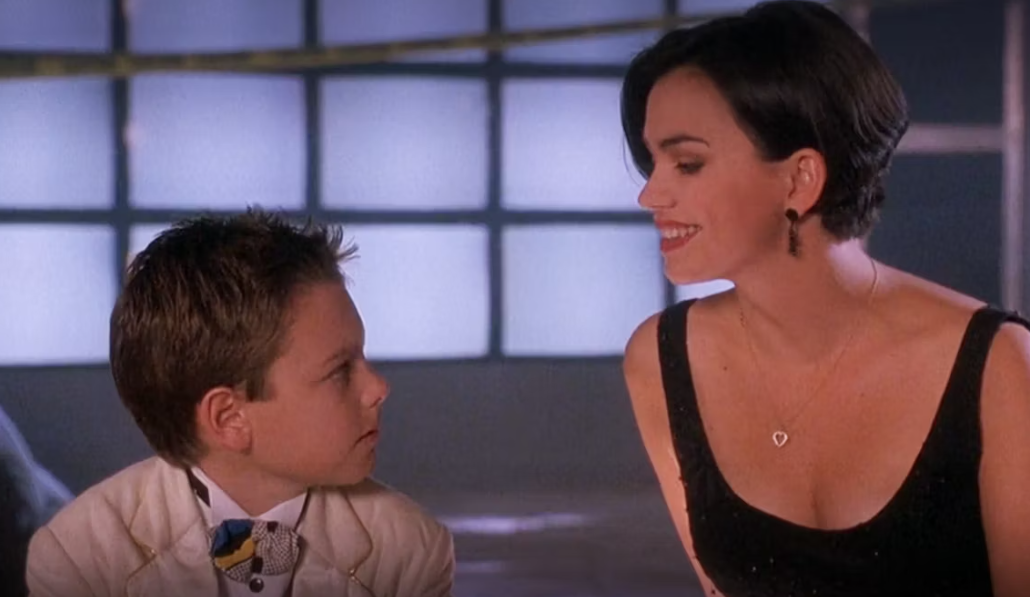
1994 movie Blank Check sees nine-year-old Preston who inherits a fortune by less-than legal means. In the process of enjoying his ill-gotten gains, Preston establishes a relationship with 30-year-old woman Shay, who turns out to be an undercover FBI agent. When they say goodbye, she suggestively requests he contact her in ten years and kisses him – on the lips. A nine-year-old.
Wreck-It Ralph’s homophobia
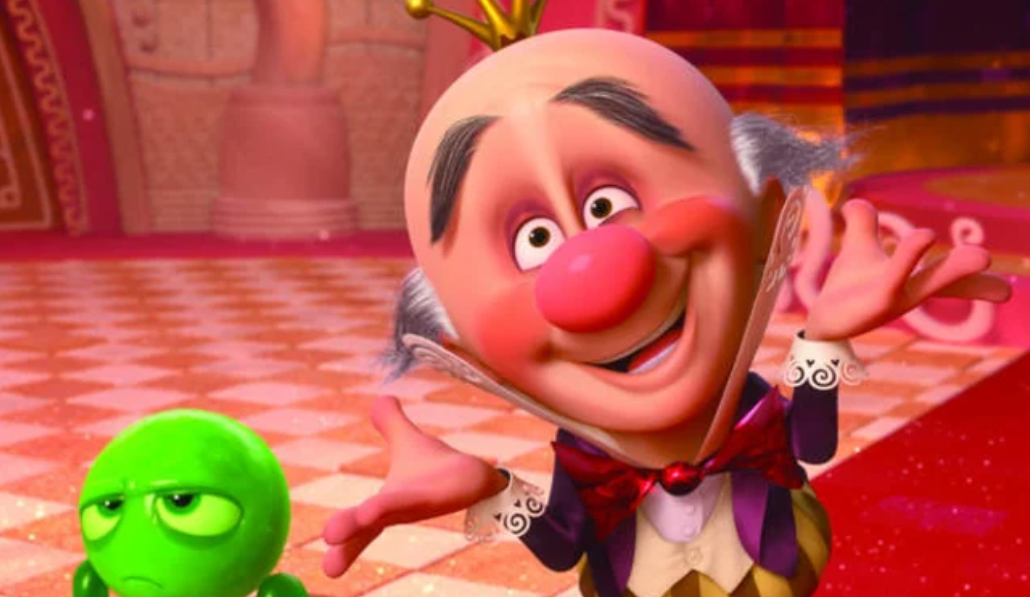
2012’s Wreck-It Ralph centers on a video game bad guy trying to turn good, but the real villain of the piece is King Candy of racing game Sugar Rush. It seems innocent, but some viewers have noted that the lisping, limp-wristed King ticks a lot of homophobic boxes. For one, he’s referred to as a “nelly wafer” – nelly being an old term for gay men.
Faking Dyslexia on The Suite Life of Zack and Cody
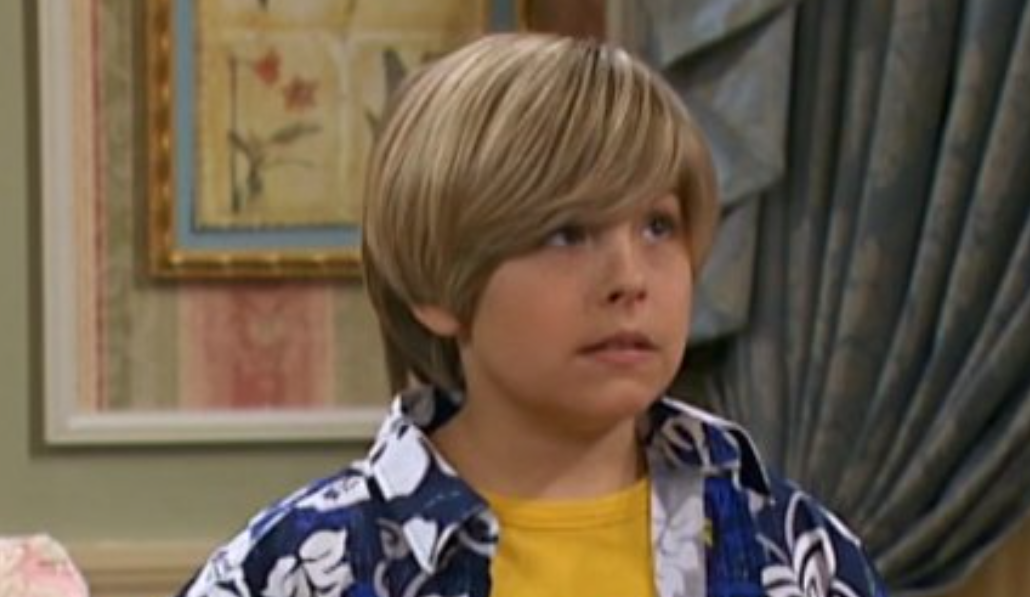
In The Suite Life of Zack and Cody episode Smart and Smarterer, Zack - the dim Ying to Cody’s Yang – pretends to be dyslexic so he can have extra time on his tests. As might be expected, this went down like a lead balloon. Disney Channel never aired the episode again, and it is not available for viewing on Disney+.
Mocking gluten intolerance on Jessie
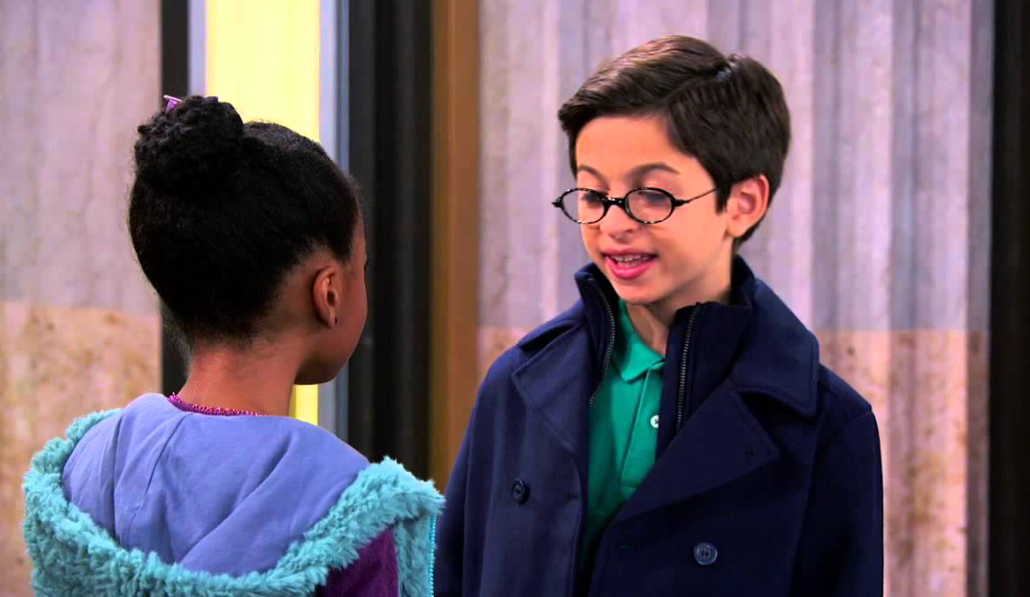
Gluten-free business is booming in 2023, with most supermarkets having an entire aisle dedicated to food alternatives. But in the not-too-distant past, it was a rich source of ridicule. In one Jessie scene, a character throws a pancake at another gluten-intolerant character, who then yells in horror: “Gluten!” “Whoa,” the other character says, “He makes me look macho.” Parents complained in their droves.
Anorexia jokes in Shake It Up
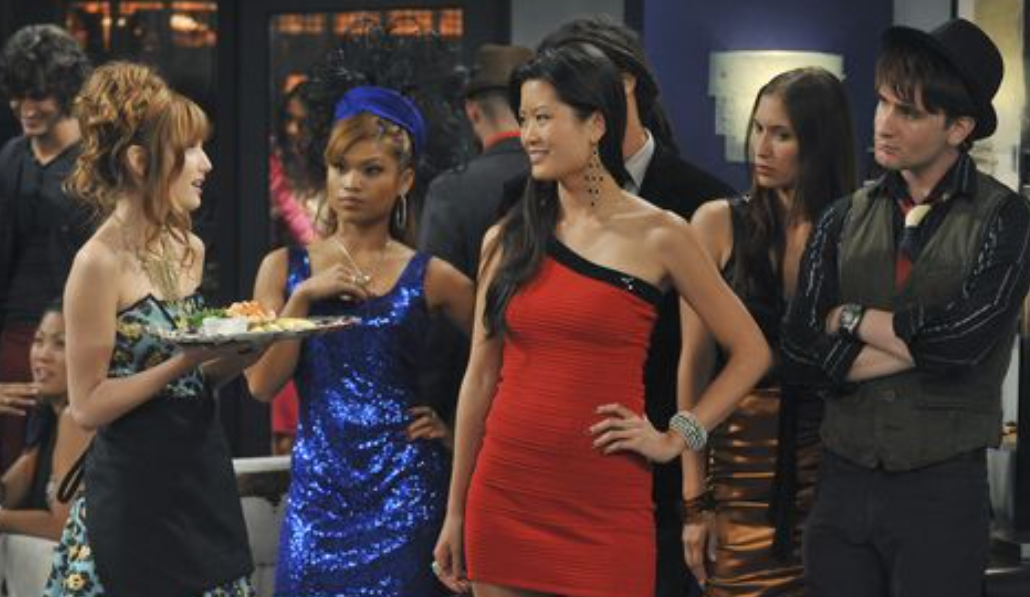
An early episode of Shake It Up for an episode in which a model remarks, “I could just eat you up. Well, if I ate.” Former Disney star Demi Lovato, who had battled eating disorders slammed the network on Twitter, and Disney have since withdrawn the episode in question from streaming and broadcast circulation.
The portrayal of Diabetes in Hannah Montana
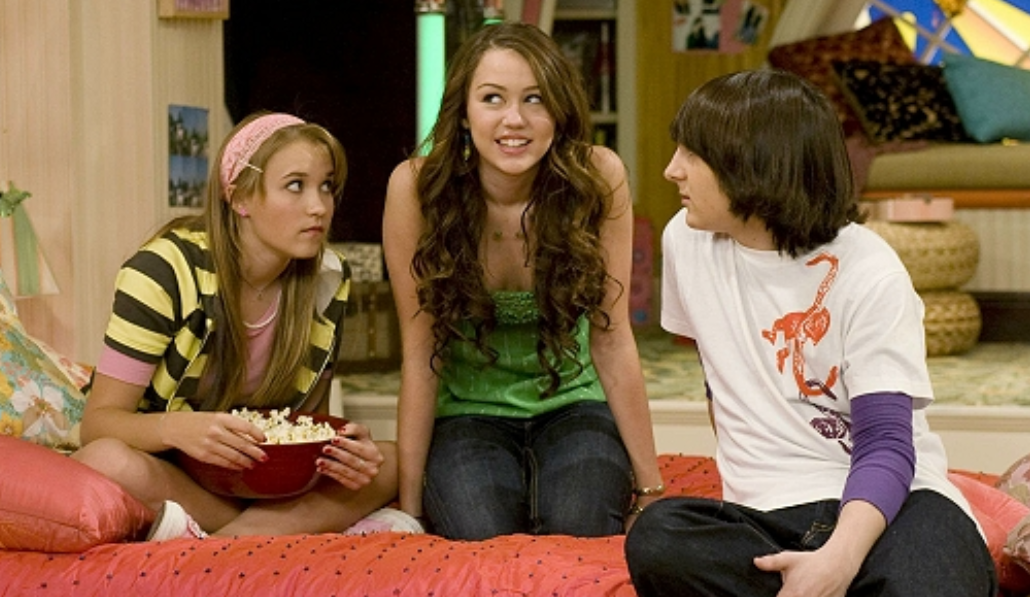
Hannah Montana episode of Uptight (Oliver’s Alright) centres on Miley and Lily’s friend Oliver being diagnosed with diabetes, leading the girls do everything they can to stop sugar-crazed Oliver from eating any of the good stuff at all. One problem: sugar doesn’t cause diabetes. It’s caused by genetics and other unknown factors. Sugar, in fact, is crucial for the survival of a diabetic.
Luke being a voyeur on Jessie
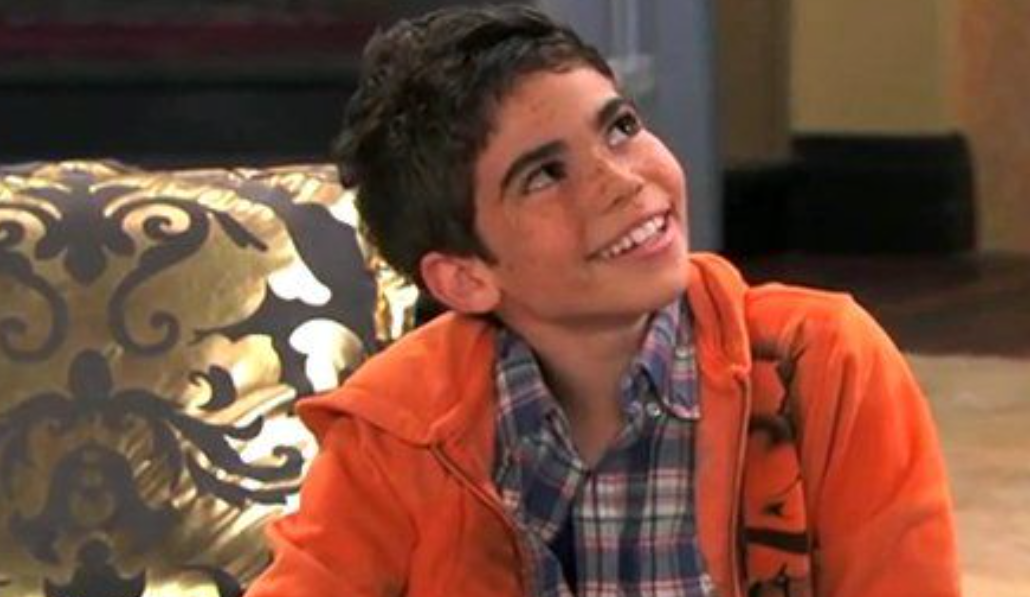
“I’m not calling her,” Luke says in one episode of Jessie when he’s crushing hard on the titular character. “I’m checking the webcam I set up in her bedroom… no, she’s not in there.” The other friends in the room are not amused and neither are we, the viewer. Jokes about invading people’s privacy? In this climate? It’s just not cricket.
Oliver yanking off a black woman’s weave on Hannah Montana
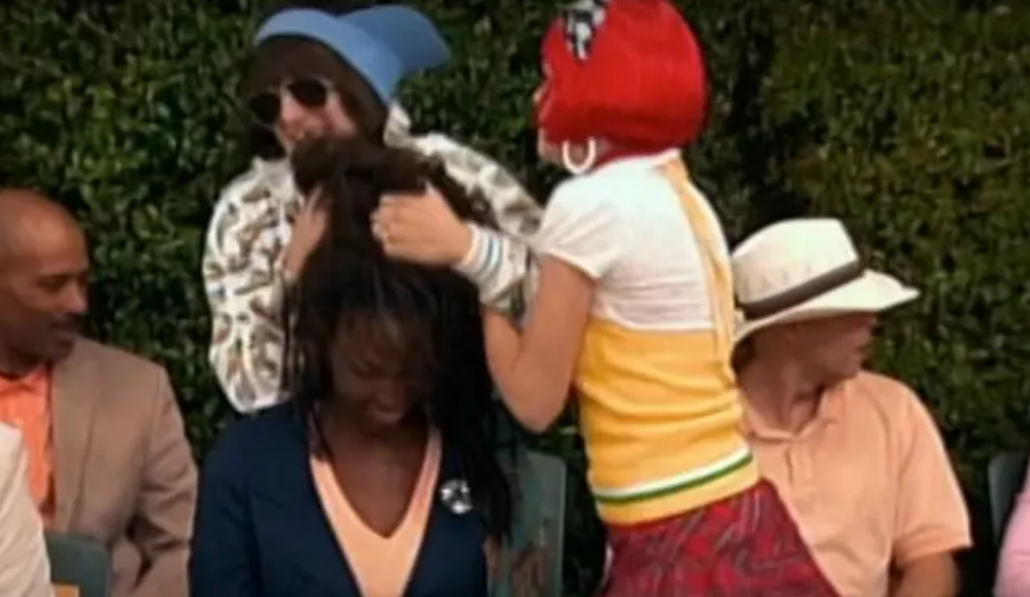
On one now controversial episode of Hannah Montana, Oliver and Lilly go to watch Miley (dressed as Hannah) play in a celebrity tennis match. Unfortunately for Oliver, a black woman with big hair is blocking his view. He decides to grab the woman’s hair, which is then accidentally yanked off and thrown onto the court where it lands on Hannah’s face.
Sarah Sanderson makes a pass at teenage Max in Hocus Pocus
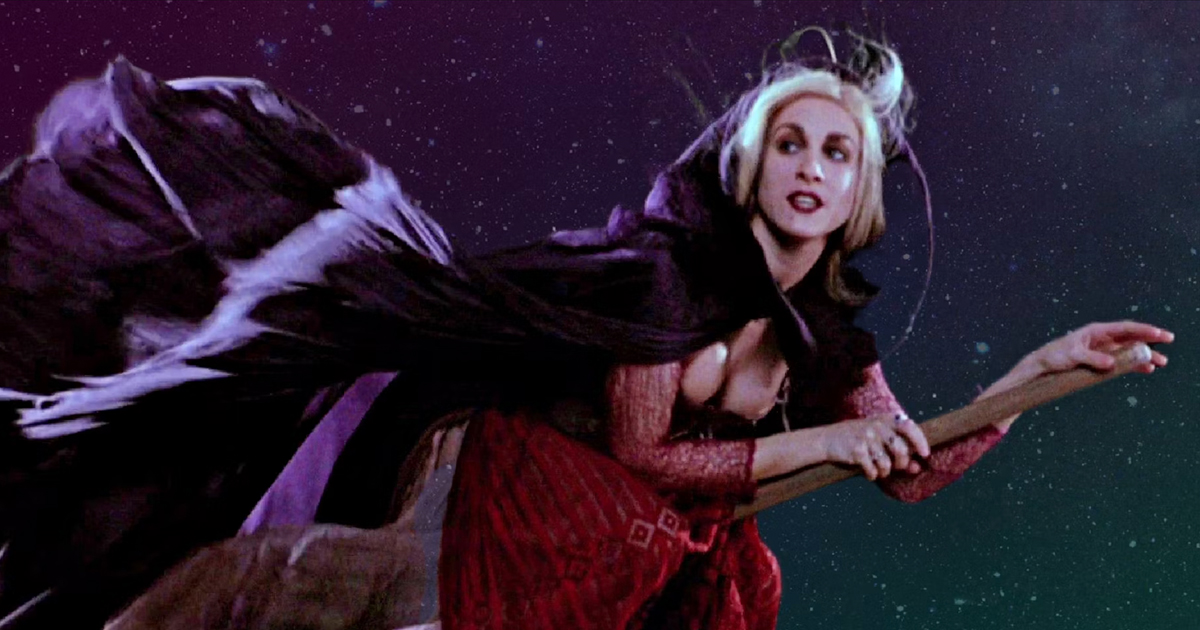
1993 Halloween favourite Hocus Pocus hinges on a virgin lighting a candle that revives three long-dead witches. For the family-oriented movie to address Max’s virginity is fine, but it’s a bit creepy when grown-up witch Sarah Sanderson volunteers to cure that condition, suggestively murmuring, “brave little virgin who lit the candle, I’ll be thy friend.” Max actor Omri Katz was 16 at the time.